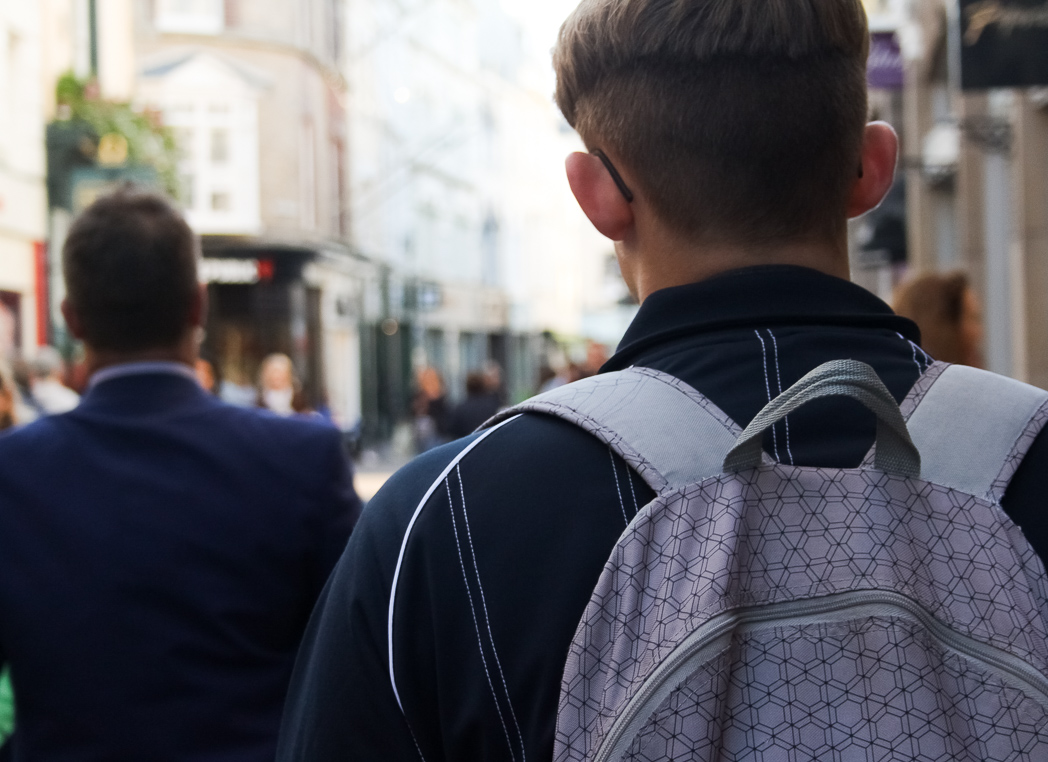

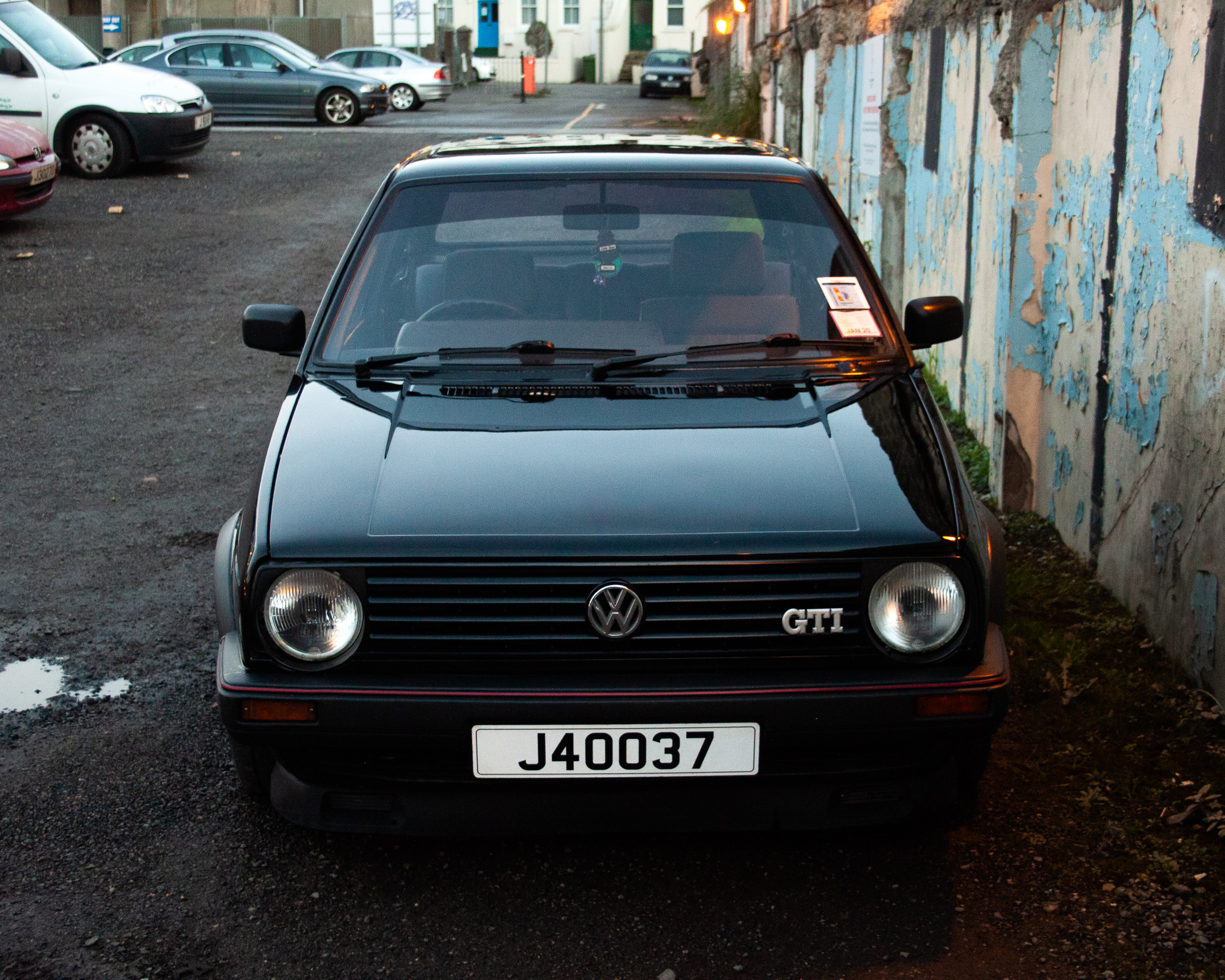
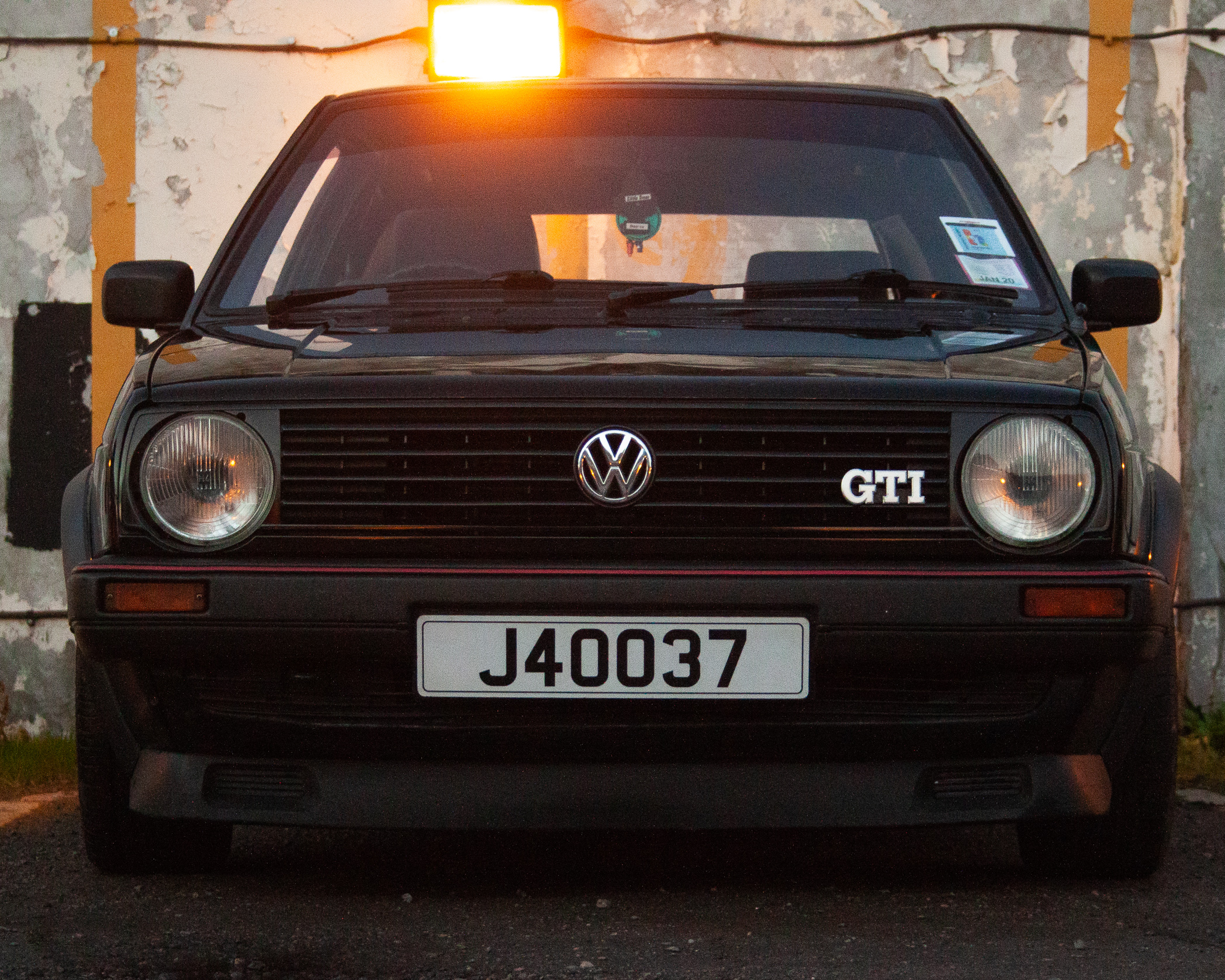
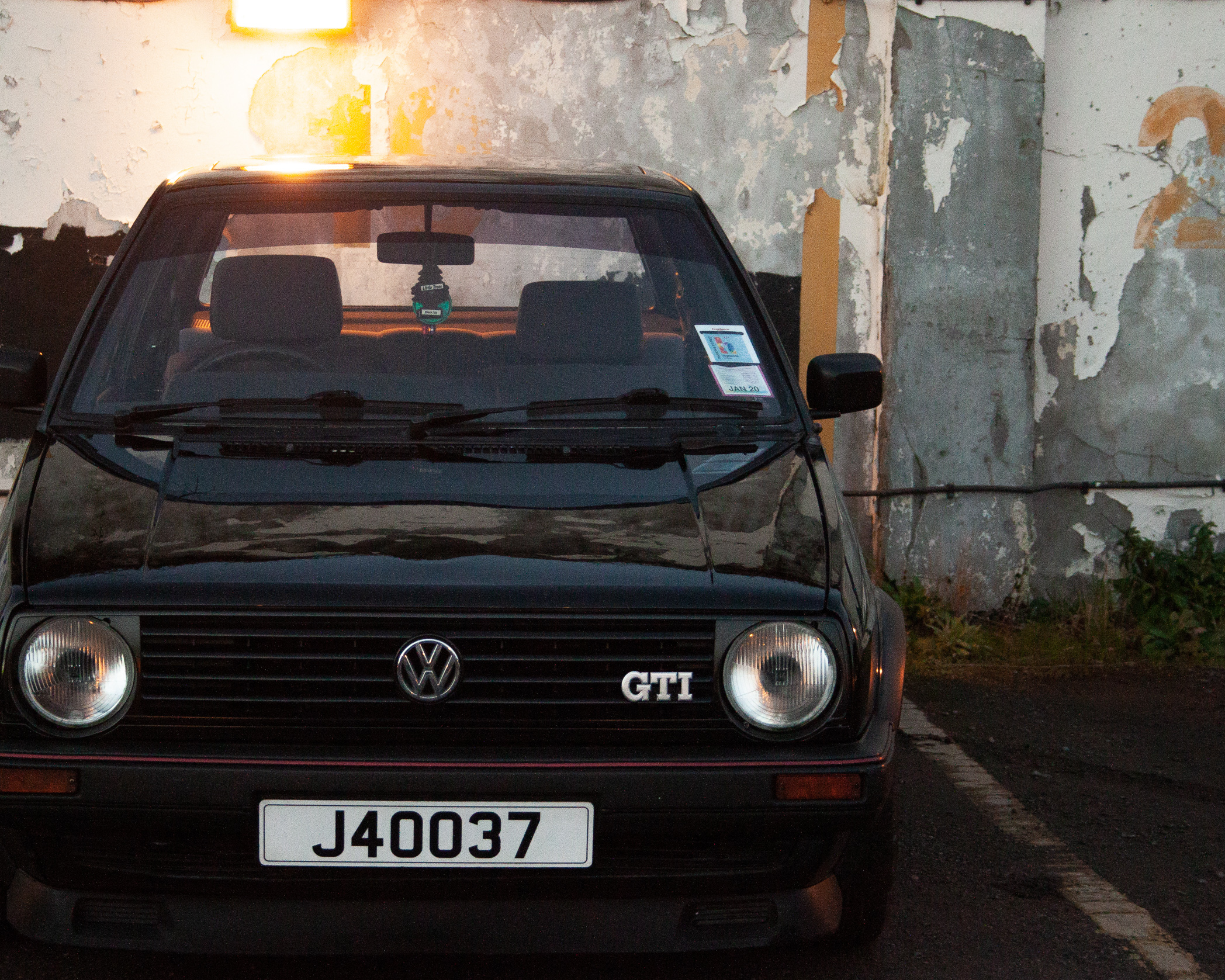
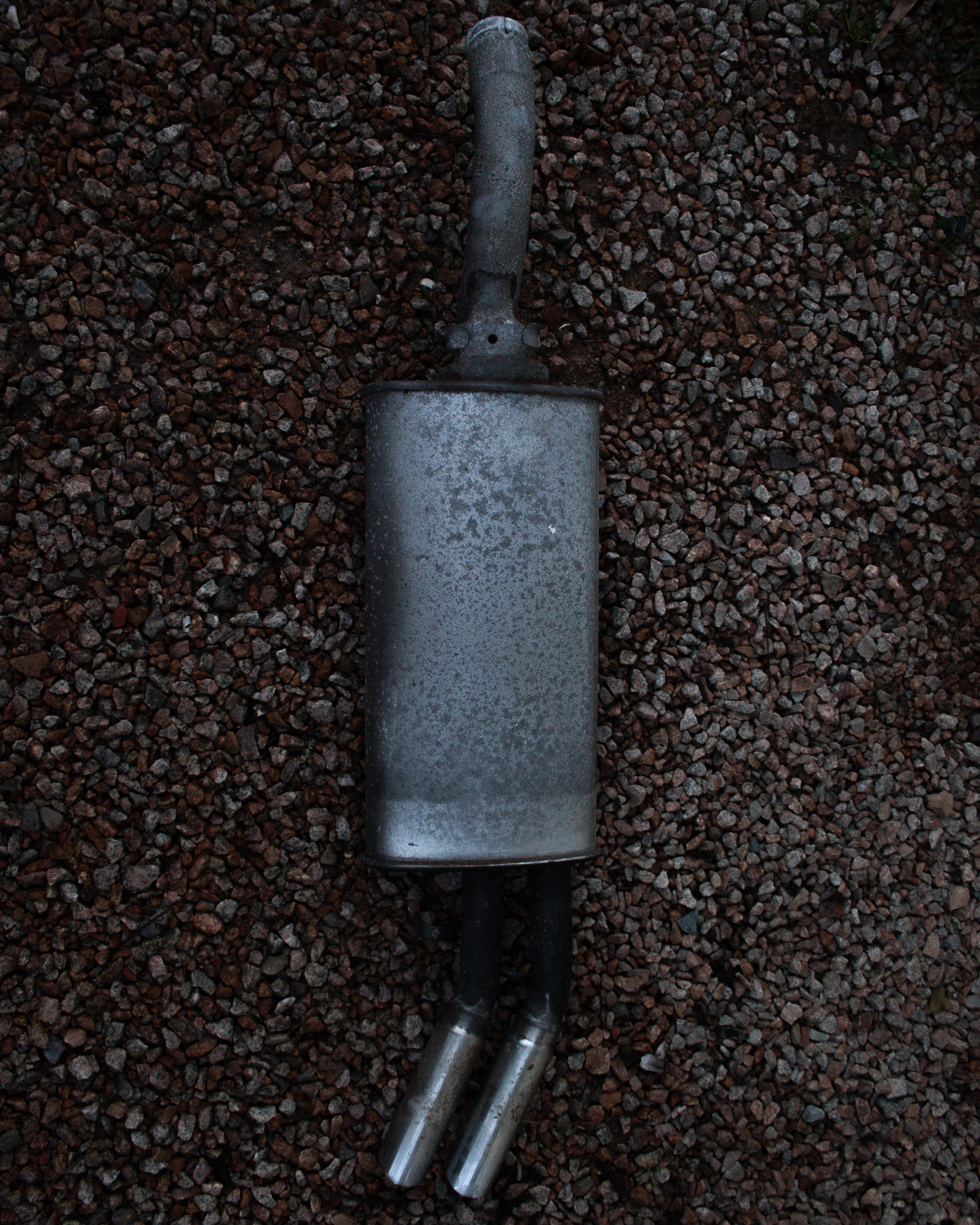
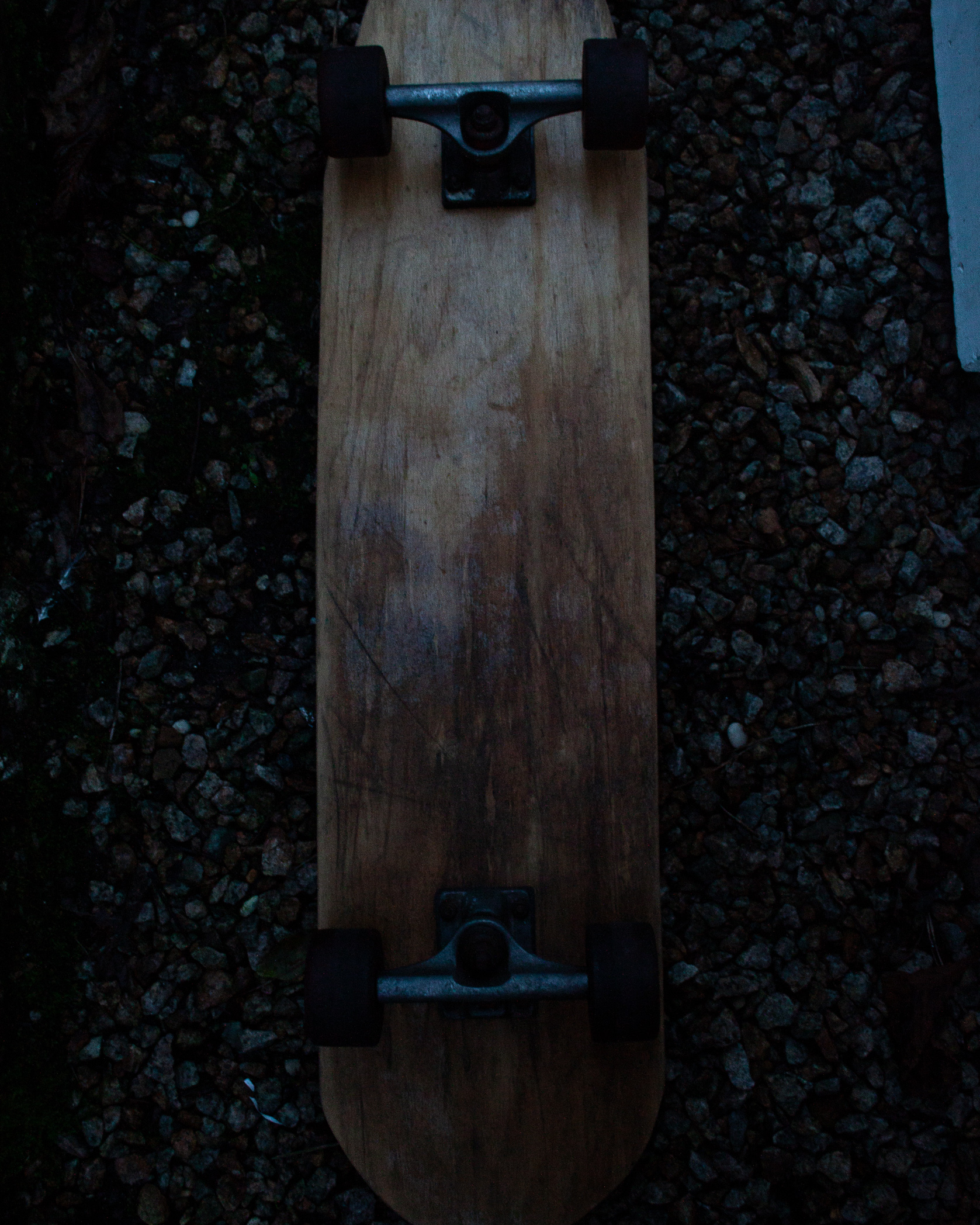

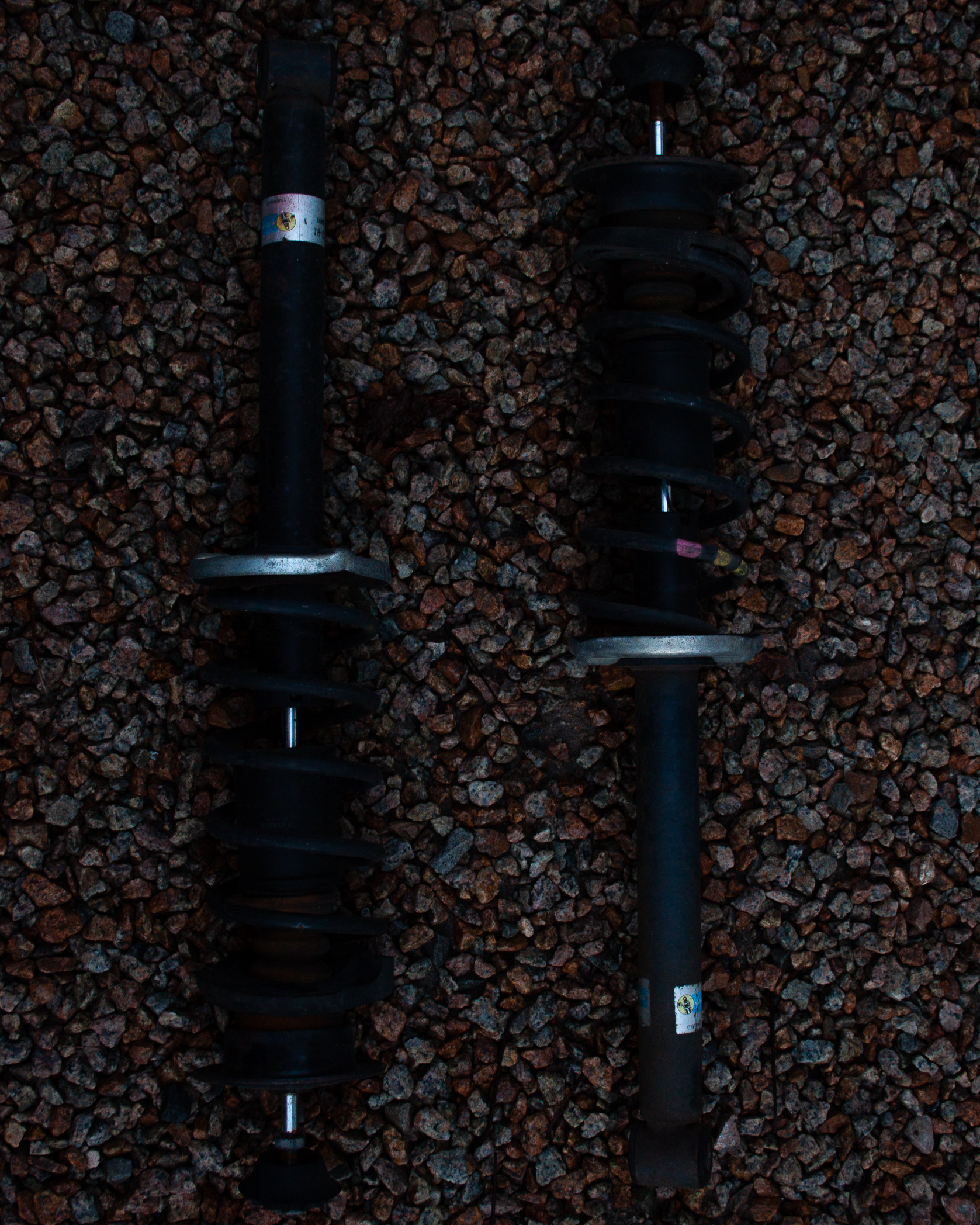
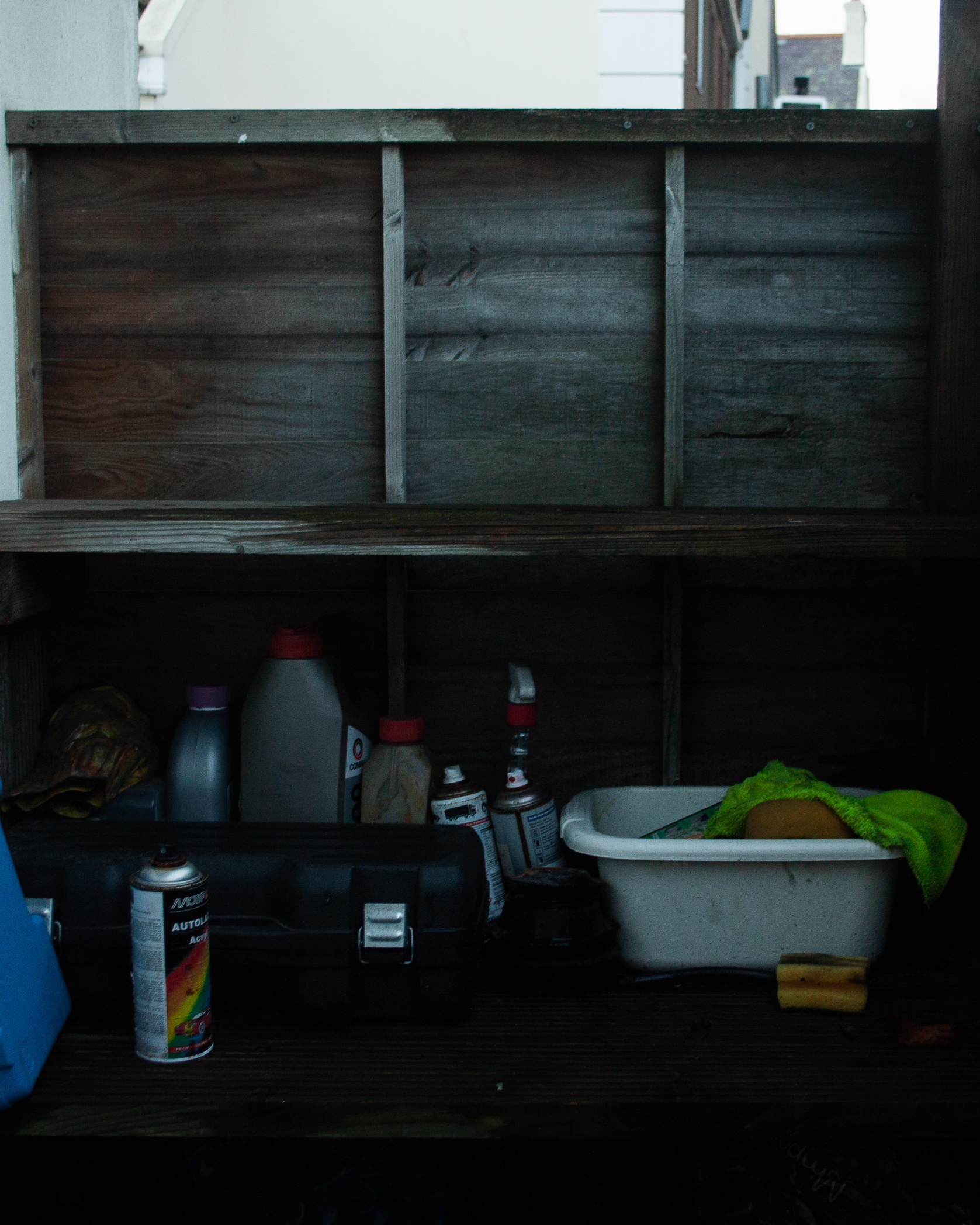
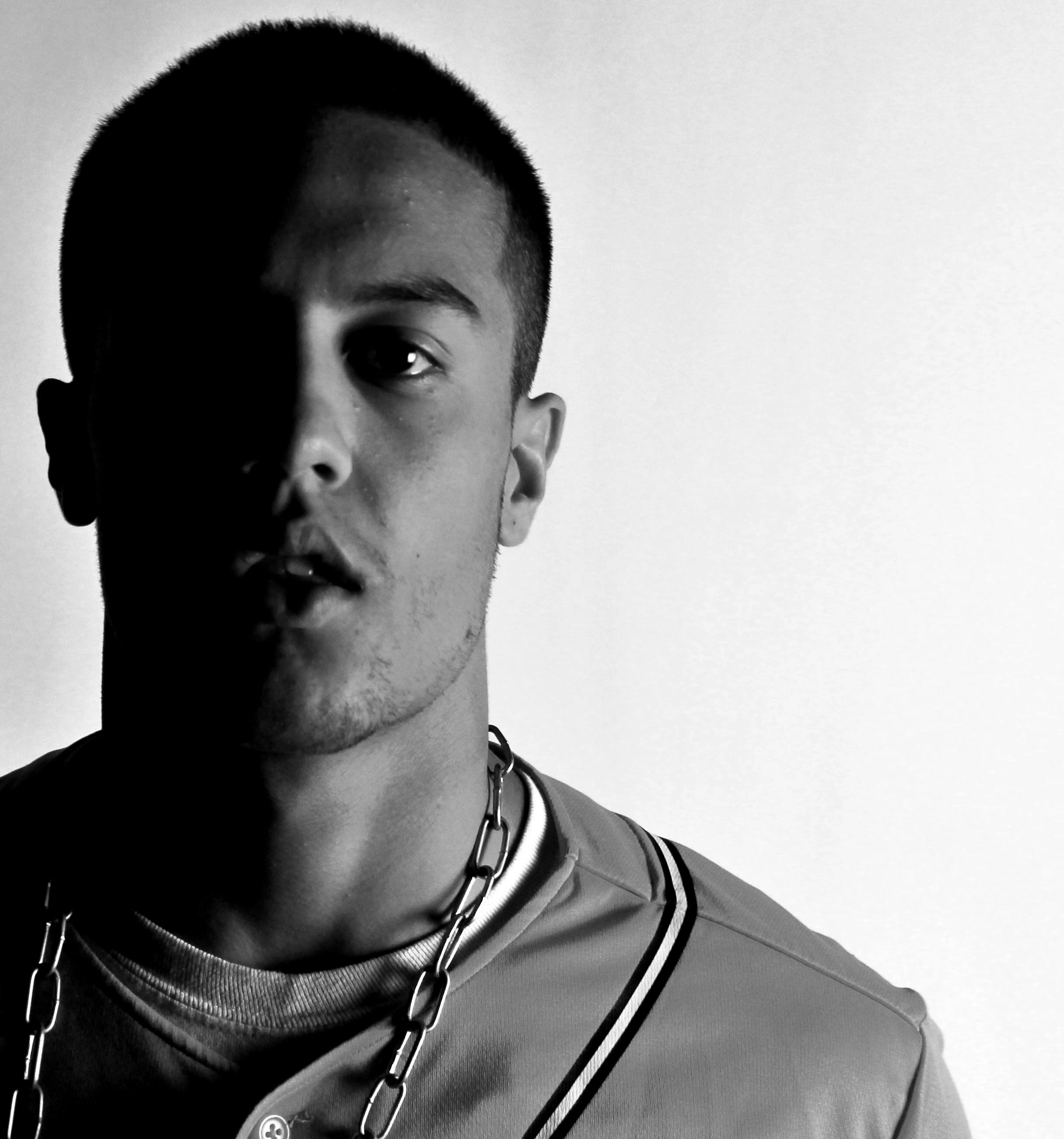
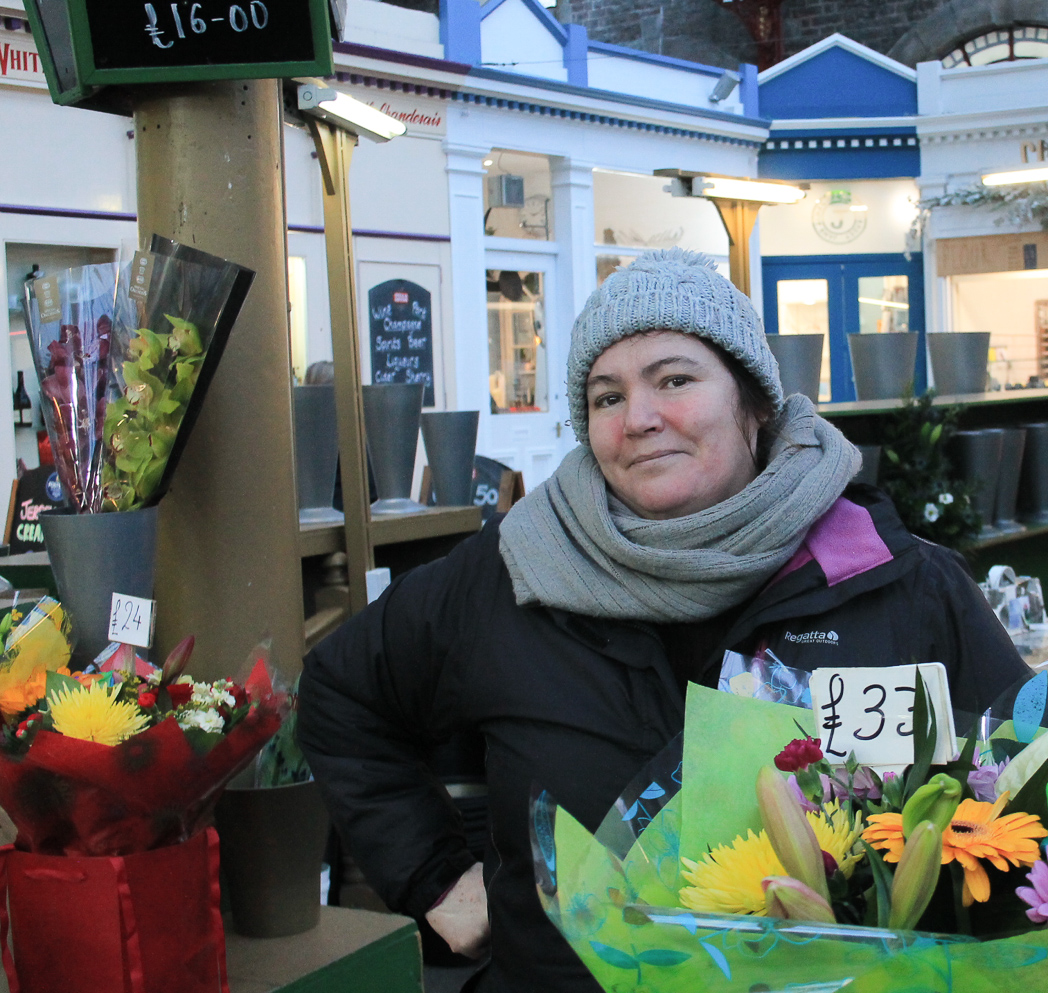
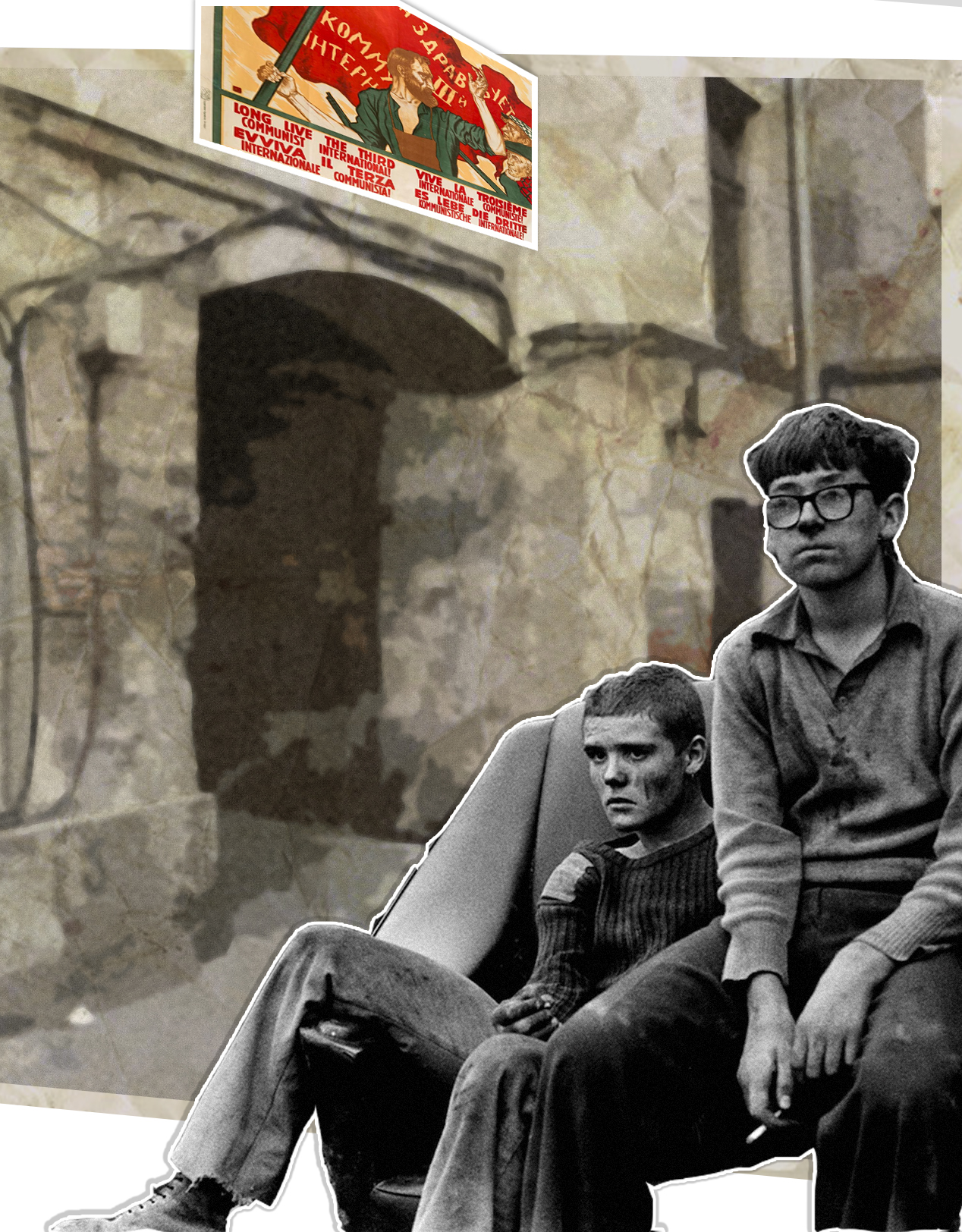
Category Archives: AO3 Record Ideas
Filters
My Final Outcome:Separated By Four-Mock:Identity and Place
My final photos were heavily influenced my Barbara Peacocks-American Bedroom. I wanted to create a series of photos of people in their bedrooms in order to link to the mock exams theme of identity (the person) and place (their bedroom). I wanted to empathizes how people use their bedroom as a place to express their self, but I also wanted to tie in the theme of lack of identity by blurring out facial features. I wanted the bedrooms not the peoples faces to be able to describe the person, as I believe that we dress to impress, but our bedrooms are where we show our real self. I want the viewer of my photos to be able to construct an idea of the person through the materialistic items that are in their room or on them. Nowadays we hold such value to materialistic goods, I feel that our personalities are created round the things we own, e.g our clothes and houses. For instance people with a room with very little furniture in it, shows signs of poverty or show signs of a minimalist life. Or someone with very little to no portraits in their room shows signs of loneliness or lack of family, rooms tell a lot about a person.
NC:
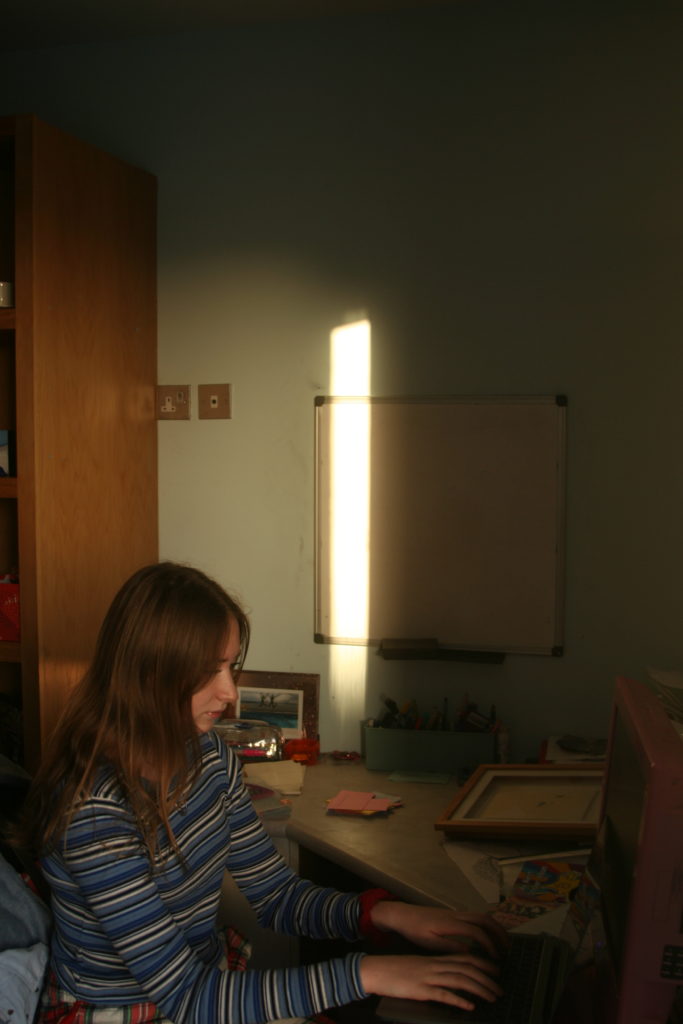
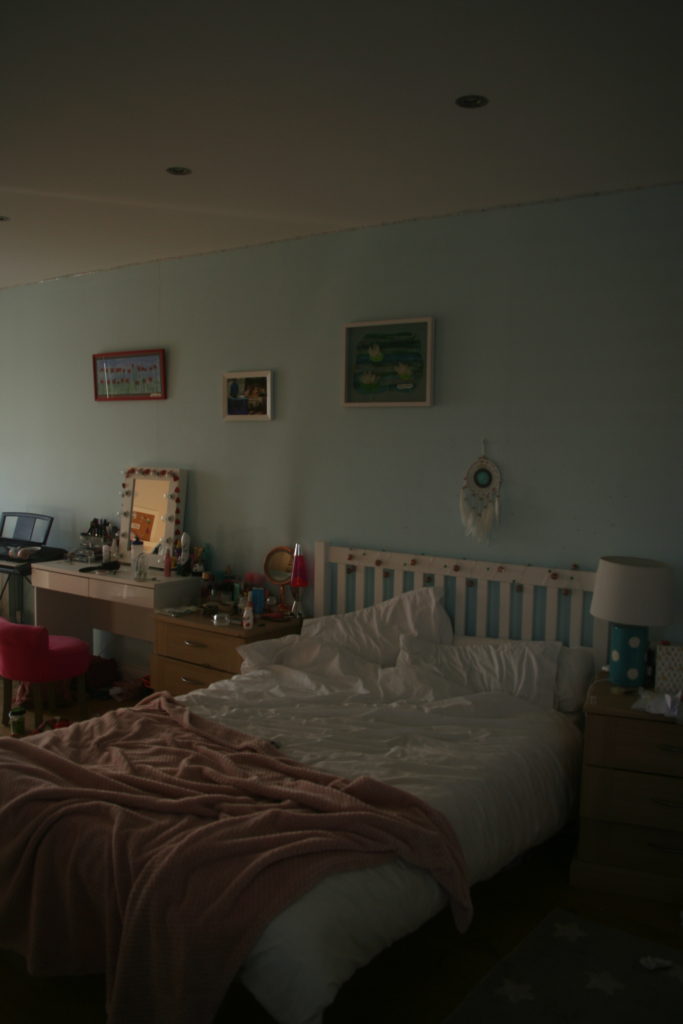
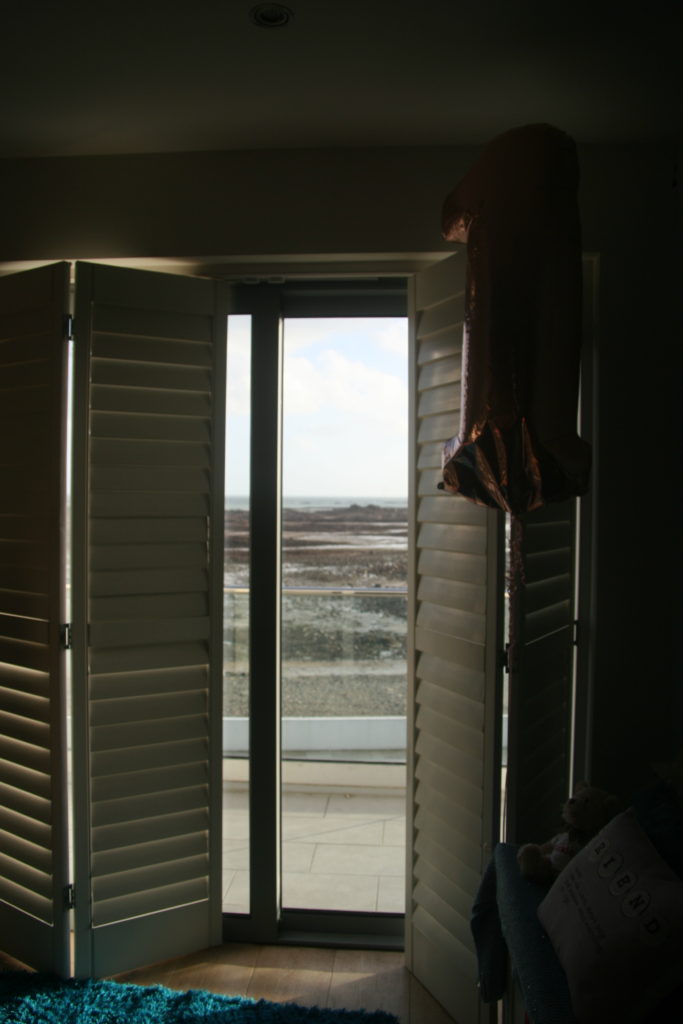


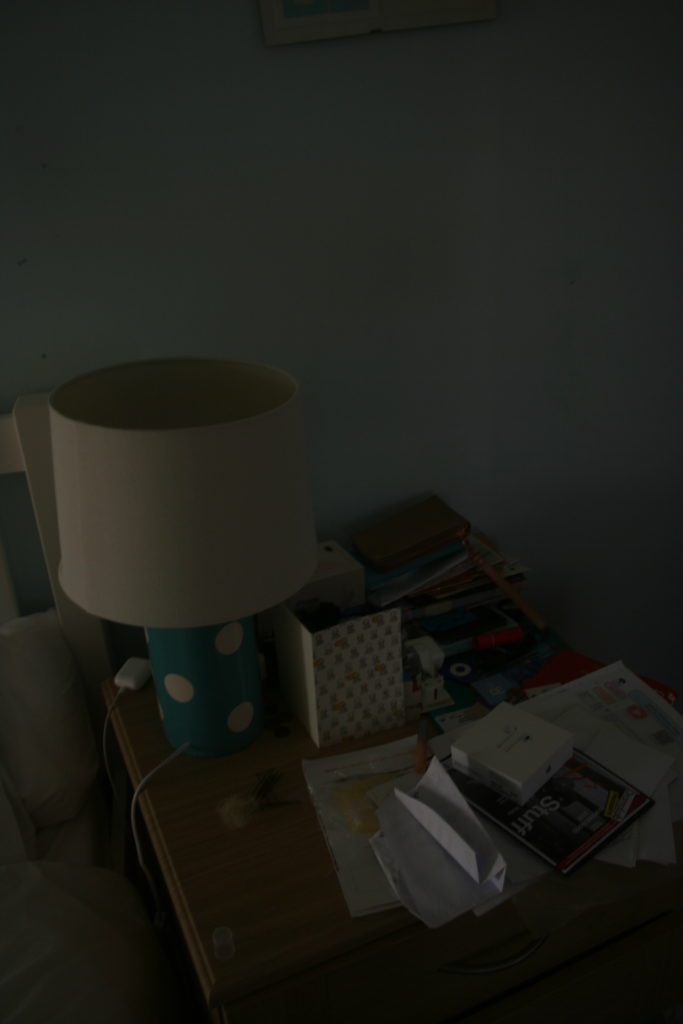
I took pictures of 3 different peoples rooms over the build up to the exam and these are the images that turned out the best and I chose to use them in my final pieces. I created a porfolio for each persons room, including a picture of them in their room and several items in their room. I wanted to home in on personal touches that people put in their rooms such as the art work, family photos, toys, laptops, lego, all these create an idea of the person thats room it is. I kept my pictures in colour as I wanted to show the raw and natural beauty of peoples bedrooms and how they reflect our inner and true self, in our room we are free from judgement, we don’t have be afraid of being laughed at or social rejection. When in public most people experience social desirablilty bias and they live to only be accepted by others and not by themselves, their rooms are a place to escape this feeling to fit in and to be black and white, they can be as colourful and as different as they want. In my concept plan I talked about Goffman’s concept of ‘The Representation of The Self in Everyday Life’ and how he believes we have a ‘front’ and a ‘back’ self. From these final pieces I represent both of these self’s as I have a picture of the person, which is the ‘front’ self the one that the public sees and their room acts as their ‘back’ self, the one they conceal from the public eye.
TB:

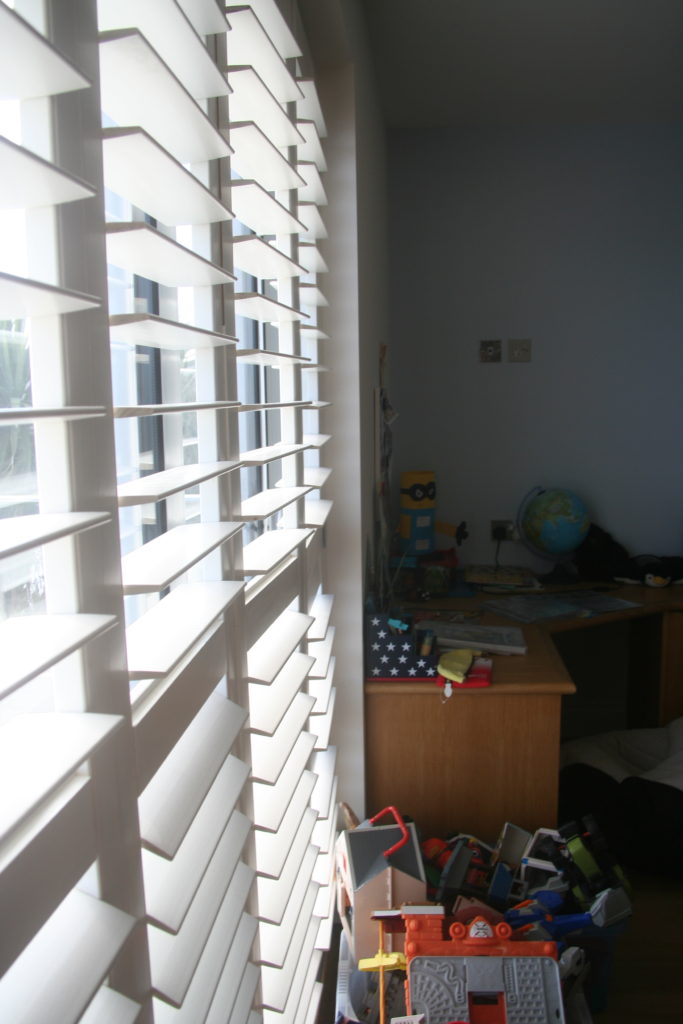
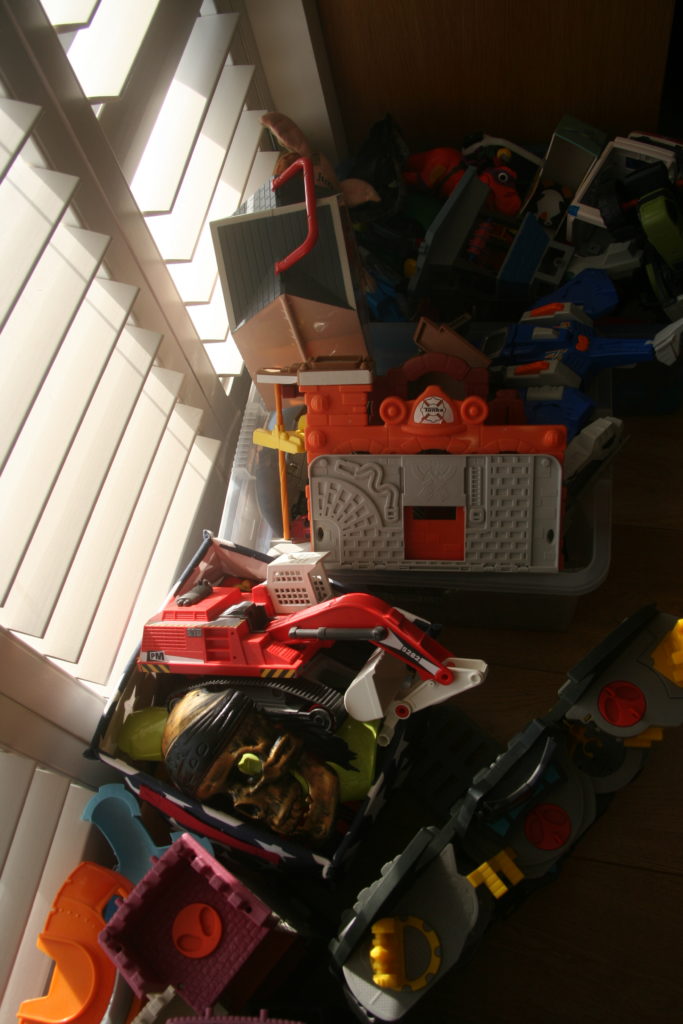
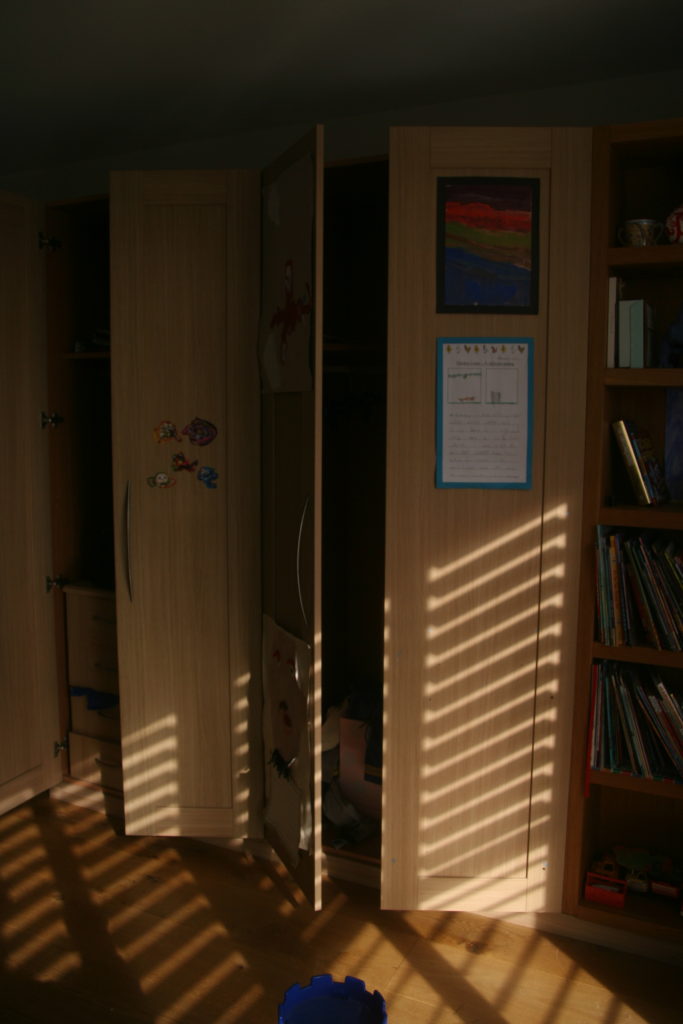
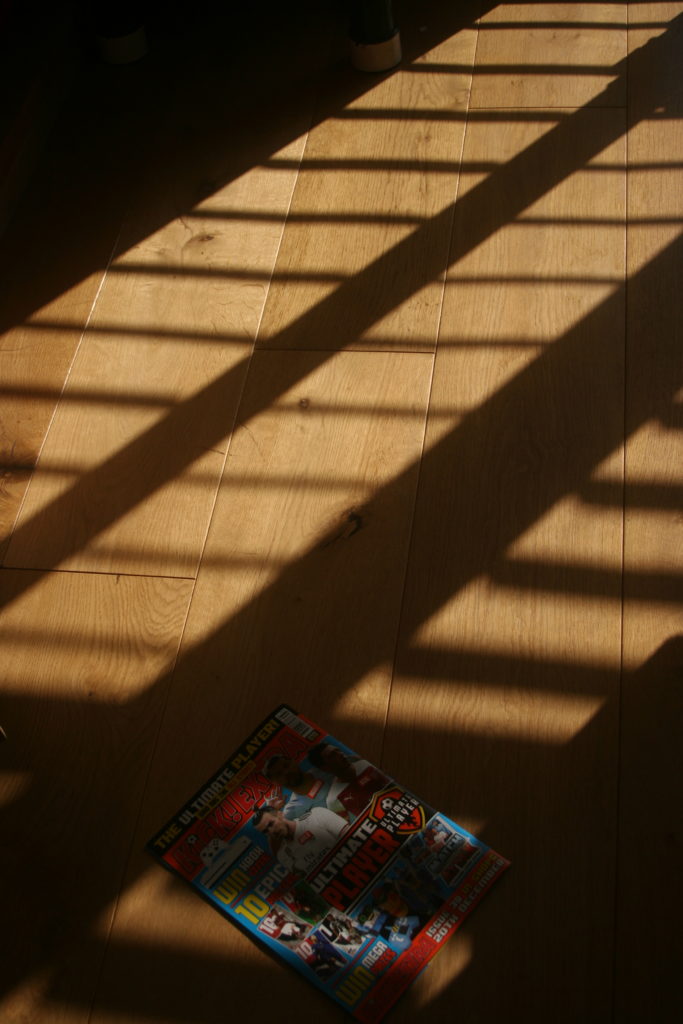
Once my picture have been printed I am going to mount and frame them on black card. In between each image there will be a border of black card this represents the strcuture of a house and how we hide behind these four walls, it’s where we feel safe. I wanted to express how walls (the black lines between each photo) are the only thing in a house that separate us from each other and empathizes how close we all are from each others true self, just a wall away. Similarly to Peacock’s work, mine has focus on colour and identity, we both focus on the vibrant colours of peoples room and the things they put in them to make them personal to their own identity, whether it’s in America or Jersey we still are all human and all have a private place that is special to us. As well as that I focused on creating a narrative for the person but without speech, simply through images of their rooms. For instance the Peacock photo I analysed created a story of a lonely alcoholic who is addicted to nicotine and works in construction. Similarly my pictures tell a story, for example in my first set of photos their are items such as make up, electronics, a mirror, a dressing room table. From this information, without seeing the picture of the person, you can gather that they are a young women as they are interested in making themselves look pretty and they have the latest techonology.
LB:
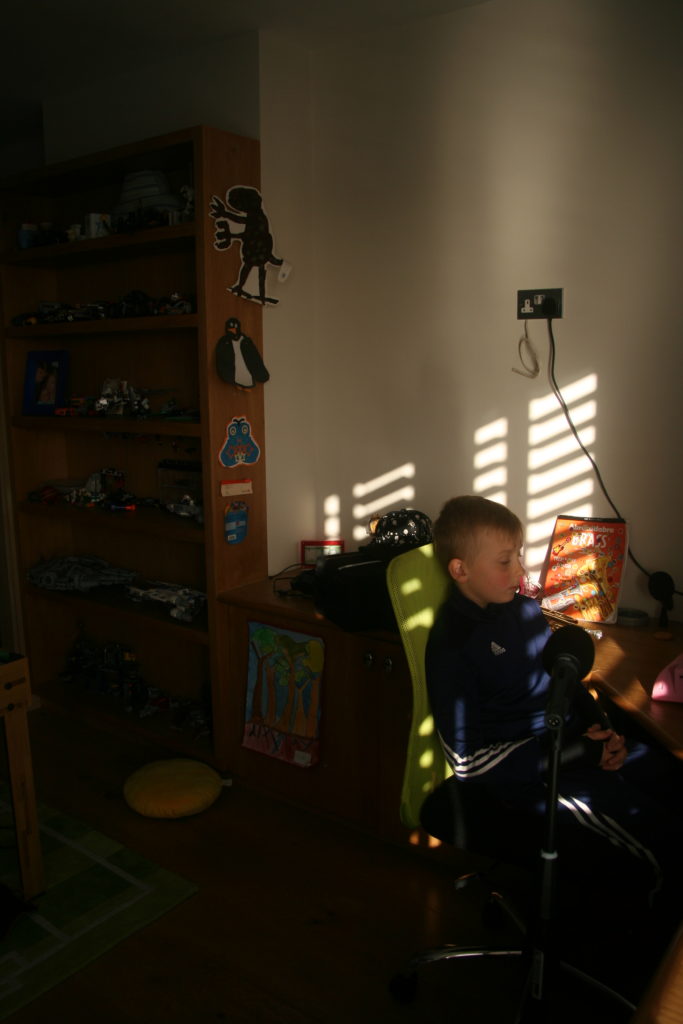
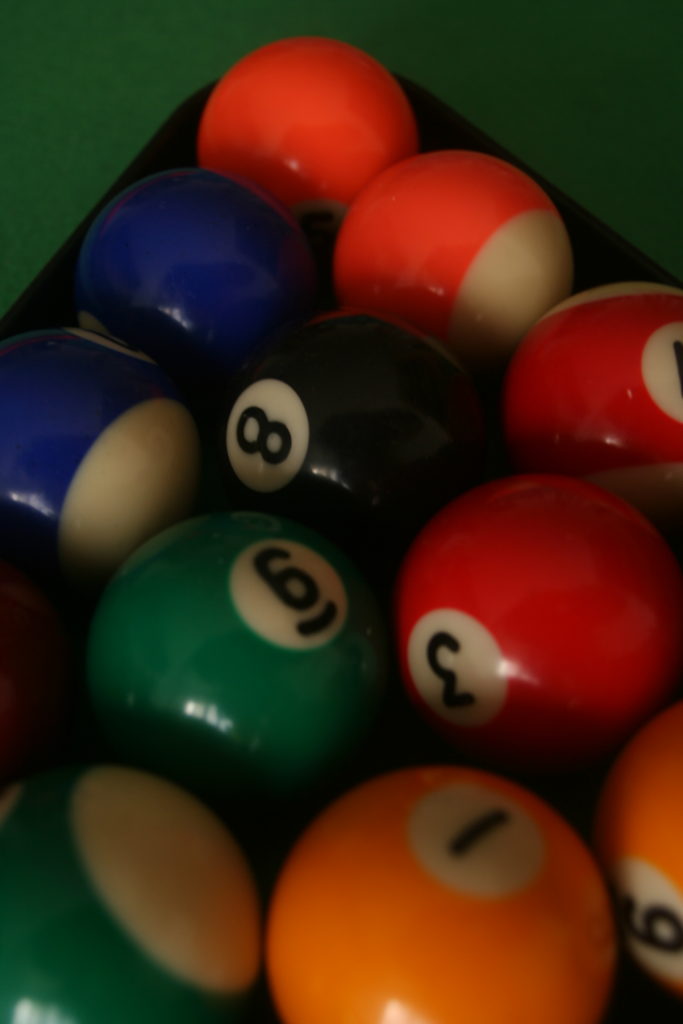

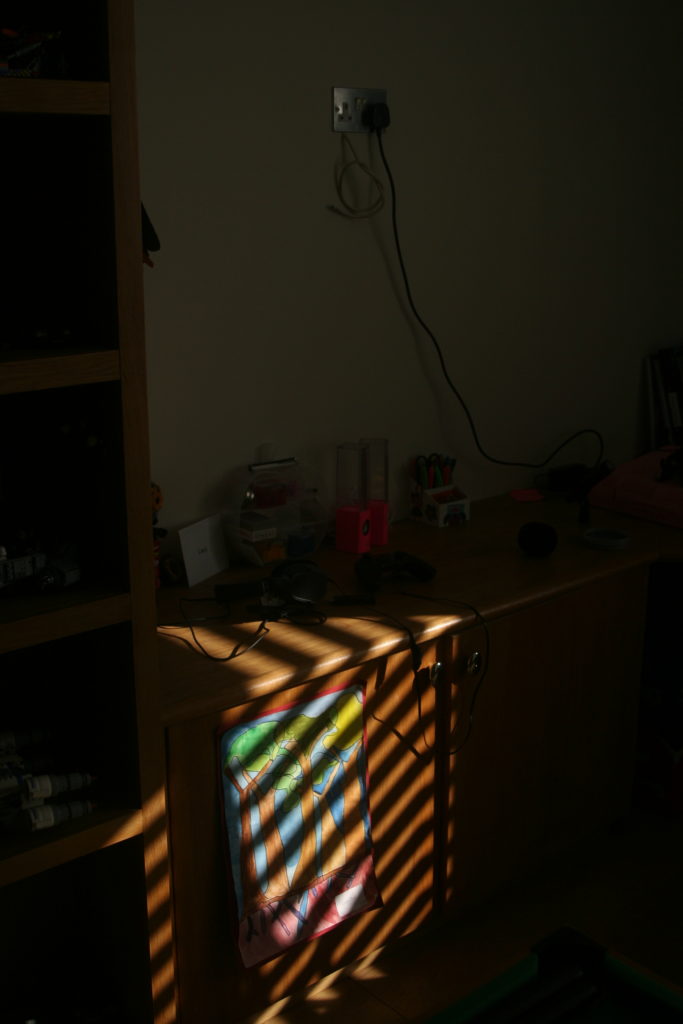

Project Evaluation – Portrait Photography + Loss of Identity
Portrait Project – Evaluation
To evaluate the portrait project I believe that I have been able to develop my technical camera skills and my skills on Photoshop due to the different approaches of portraiture I studied. The project started off with me looking at Environmental portraits, which allowed me to focus on implementing context and concepts (Gender Roles in Society) into my images. It allowed me to think before I capture, as I had to decide whether the portrait I am capturing is conceptually showing what I envisioned. This photo shoot developed my skills as I am more aware of how I can always add conceptual and contextual factors to my images. After looking at this style of photography I moved on to look at Henri Cartier-Bresson, who looked at street photography. Conducting a photo shoot in the style of Bresson, was nerve racking and allowed me to step out of comfort zone, as capturing strangers on the street is scary, as you are unsure what reaction you may get. In this photo shoot I developed the skill of adjusting your camera settings quickly in order to capture the people in the street, without them walking off. Afterwards, I looked at studio lighting, which allowed me to explore and experiment with different lighting techniques. Within this shoot I learnt what : One Point Lighting, Two Point Lighting, Three Point Lighting, Ring Lighting, Warm/Cold Lighting, Intensity of the Light and Lighting Rig (On Ceiling). I experimented with all these styles of lighting in order to get an understanding of different affects, for example chiaroscuro. Due to the different lighting styles, it allowed me to experiment more with the way I edited my photographs, all the edited images I always attempted to make them as if they are ready to be placed into a magazine. In contrast to artificial lighting, I then looked at natural lighting and how reflectors can be used to light up the whole of the model. Within this shoot I produced some strong images, however it did allow me to focus on my camera settings. I mainly looked at depth of field and white balance, this shoot allowed me to use these setting more confidently. Next, I looked at tableaux photography and how a still image can present a story. In this I looked at a contextual piece and recreated it, as it again allowed me to develop my confidence in attempting to implement contextual factors into my photographs. After that, I looked at the show Wicked, and how could create images inspired by the show but still create a story within the still image. In this I developed my confidence in adding conceptual factor into my photographs, making me more aware and attentive to what I am photographing. I then looked at photo-montage, which allowed me to explore and develop my skills in Photoshop. In this I used photographs which have already been taken from previous photo shoots, and used the different tools in Photoshop and other images to produce an overall image. I looked at two aspects within photo-montage dadaism and surrealism allowing me to explore these two different approaches. The Photoshop skills I acquired was, using different tools to cut out segments of the model, being able to combine and implement image and text and being able to add effects to layers of the image in order to make the cut outs stand out. I feel that the broad approach to portrait photography has allowed me to explore different portraiture techniques. Overall, I have been able to produce strong outcomes towards the style of photography and have made clear links towards my work and the artists work.
Loss of Identity – Evaluation
Moving on to looking at identity, I decided to go down the route of loss of identity. The portrait project nicely linked into this project. I was able to use the different skills I acquired from the portrait project and used them within identity. Only having three weeks to explore this theme, I believe I managed to achieve a lot. I started off by looking at the different types of identities, but felt loss of identity best suited my style of photography. I started off by looking at Lorna Simpson who photographed their model without capturing the face, which inspired my first photo shoot. This photo shoot allowed me to use my creativity, as I had to come up with different ways of taking a picture of a model whilst disguising their face. This also allowed me to ‘play around’ with the camera settings as I explored making the photograph darker and lighter via the shutter speed and ISO. I also looked at Saul Stienberg who introduced me to the concept of mask photography. I was able to explore different ways of using a mask to disguise and hide the identity of my model. This allowed me to use Photoshop skills when editing, as I looked at being able to use the hue/saturation tool to make the image naturally lighter and darker. As time was short I was unable to research more case studies, which limited my understanding and research into loss of identity. However, I did manage to conduct more Photoshop edits with left over images from the portrait project. In this I was able to use different tools in Photoshop, such as the different filters, the paint tool and the spot healing tool. Due to these Photoshop edits I managed to broaden my understanding of Photoshop and showed further experimentation towards this small project. Overall, I believe I have been able to manage a lot in the short time frame I have had to complete this mini project. I have been able to produce and edit some strong photographs which had clear links towards the theme of loss of identity.
Evaluating my final outcomes, I believe that I have chosen strong responses which showcase my understanding towards that style of photography. Each photograph also shows my camera skills which I have developed as well as my different Photoshop skills. I am very happy with all the outcomes I have produced and displayed as it has clear links to the theme of the project/photo shoot they were taken from.
Identity – Mihaela Ivanova
The last photographer I will be looking at is Mahaela Ivanova.
Mihaela Ivanova is a Bulgarian photographer who experiments with simple conceptual shots and black and white series. The works below focus on the concept of identity, with the subject holding a part of a portrait of a different person, whether it be the eyes or the mouth, in front of their own face, hiding their identity.
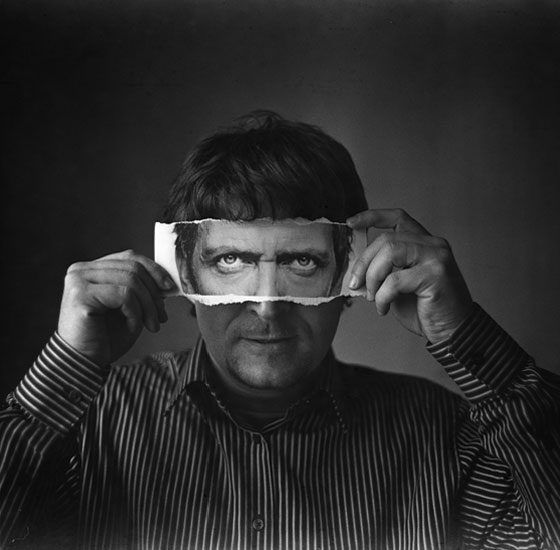

Contact sheet:
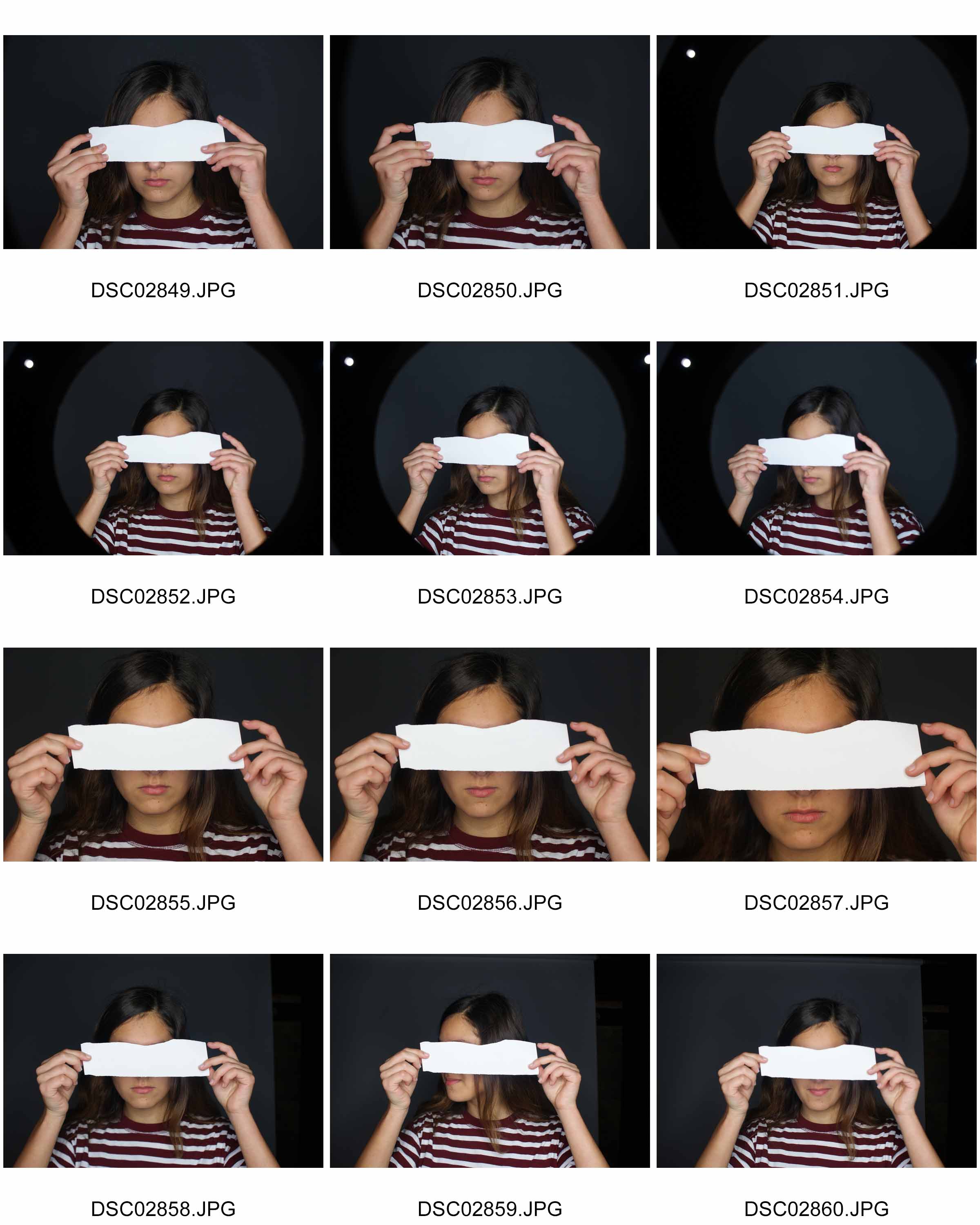
In the pictures I took, since I wasn’t able to get a picture of another person’s face in time for the photo shoot, I instead used a blank piece of paper for the subject to hold over her eyes, and will be photo shopping another person’s face into that piece of paper to create the look of Mihaela Ivanova’s work. I told the subject to look directly into the camera with the ripped piece of paper over her eyes to get the right pose, which resulted in these photos.
Chosen edited picture:

How I did it:

I started off by choosing an image which I could use, it being this one.

I then went and chose a picture of myself and copied half of my face, and then pasted it onto the picture where the stirp of paper would be. I then reduced the opacity and erased the excess image around the strip of paper. I got rid of some of the image on the strip of paper around the edges to try and create a ripped effect, as in Ivanova’s work. I also brightened my eyes using the dodge tool to make them stand out more.

Since i had pasted a picture over the original image, I covered all the shadows, so I had to implement them in myself to give it more of a 3D look, as if the piece of paper with the image on is actually there in her hands. I did this by using the eyedropper tool to take the colour of the image underneath her fingers, darkening the colour a few shades to almost a black, and then taking a soft brush tool and drawing it on where the shadows should be.

To make it look more natrual, I reduced the opacity down to 30%.

To clean it up and to make the shadows actually underneath the fingers and not on top of them, I carefully erased the excess shadows which were on top of the fingers.

To comply with Ivanova’s style, I changed the image to black and white, playing with the settings until I got my desired look.

I then went and adjusted the brightness and contrast, making the image darker and creating a dramatic contrast between the darks and lights.

Finally, I adjusted the levels, making the background darker so it brings out the subject.

This is my final outcome in response to Mihaela Ivanova. I believe it was successful, it’s clearly inspired by her work, with the ripped out person in front of someone else’s eyes, hiding their true identity,and the black and white filter on the image which gives it a dramatic effect. I like how well the photo is put together, and how I managed to put the image of my eyes onto the ripped piece of paper without making it too obvious that it’s photoshopped, however I don’t like how my face doesn’t align up with the subject’s, like in Ivanova’s works. It doesn’t look like it’s actually part of her face, the nose is out of line and the face is too wide compared to the subjects. I should have made the image of my eyes less wide and positioned it better or chose a different image which fit better.
It fits the concept of lack/loss of identity because you can’t make out who the person behind the piece of appear it, you can only see the lower half of their face.It may also be perceived that the subject hasn’t got an identity and is longing to be someone else, hence the image of someone else in front of their own face.
Eamonn McCabe
Eamonn Mcabe
BIOGRAPHY: he was born in 1948 currently 71 years of age. He is a British professional photographer who began his carrier as a sports photographer and who has won four times sports photographer of the year between 1978-1984. He then changed his attention to The Guardian and The observer for more general editorial portraiture. Not only that but McCabe managed to cover 3 of the Olympics.



Visually, the images above all have a story behind them.The purpose of photography is to capture moments which make you reflect on the day, the event, the moment. Here, the first image i have interpreted it as a celebratory moment. By looking at this image its quite evident just by the body language of the man that he had clearly scored a goal and this was his celebration moment. The shutter speed in the image would have had to on a fast setting to be able to capture the moment he started running towards the camera and we can see that by the way his hair is being breezed backwards. The image itself is focused well and the contrast between the man and the people in the background that almost look gutted that they didn’t manage to black the goal. Additionally , the image is quite happy to look at and gives a sense of almost achievement as if we were there to cheer with them. The iconic 1970s English soccer player, Kevin Keegan was the first sports personality to actively enter into what was then known as a “face contract” for what were essentially his image rights.
The last image from the ones above i chose to insert into the blog as it caught my eye as its like an action shot. This drew to my attention due to the posture of the footballers.
Furthermore, Eamonn McCabe was the Bradford Fellow in Photography for 1998, and photographed City both on and off the pitch. Bradford-born Ian Beesley captured City’s first season in the Premiership. His photographs reflect the emotions of not just a professional photographer, but also of a Bradford City fan. Hence the story of the images below. Examples :
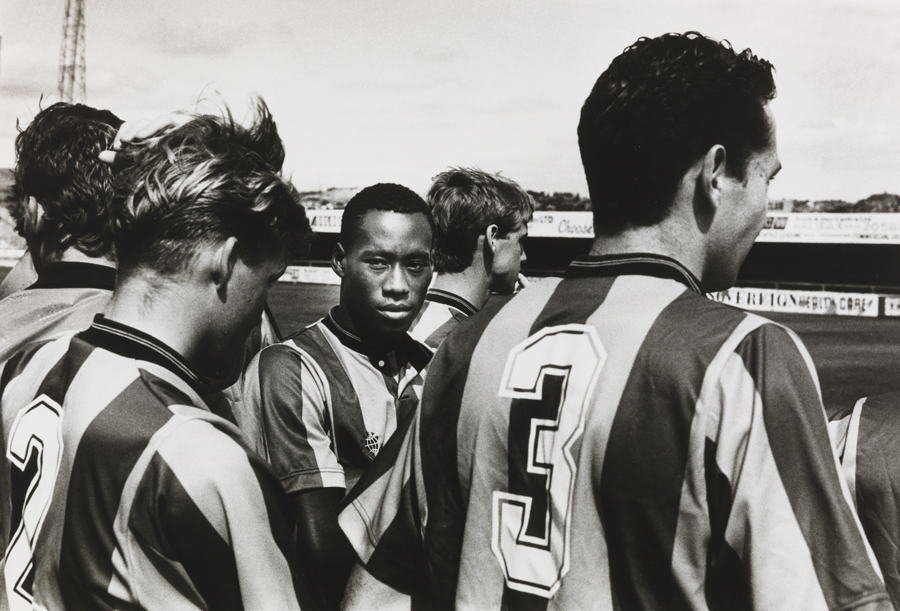
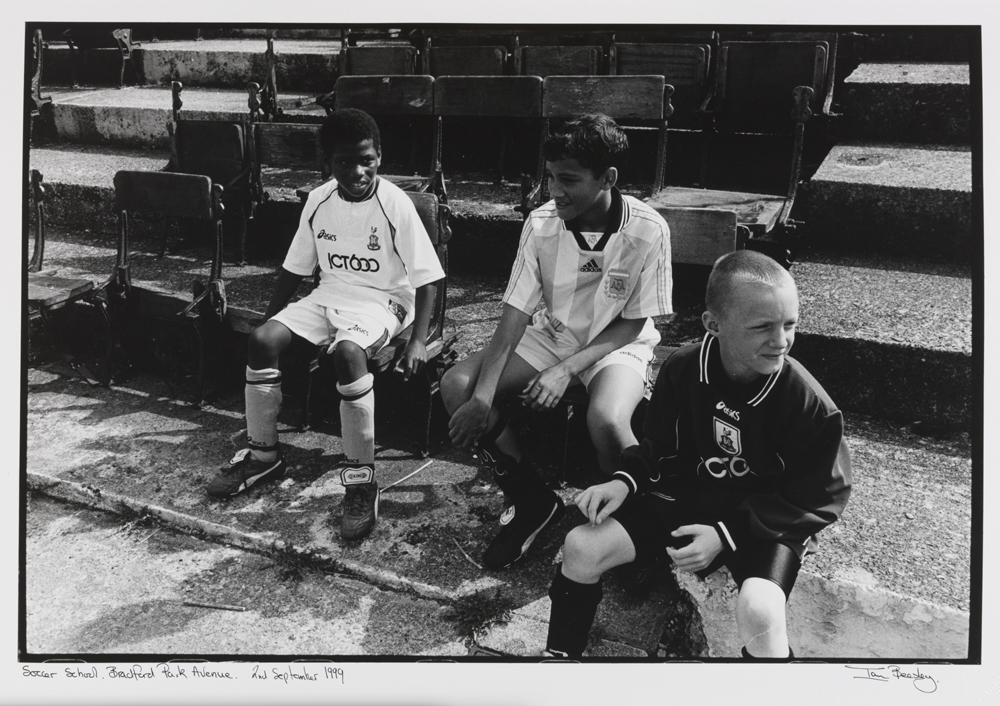
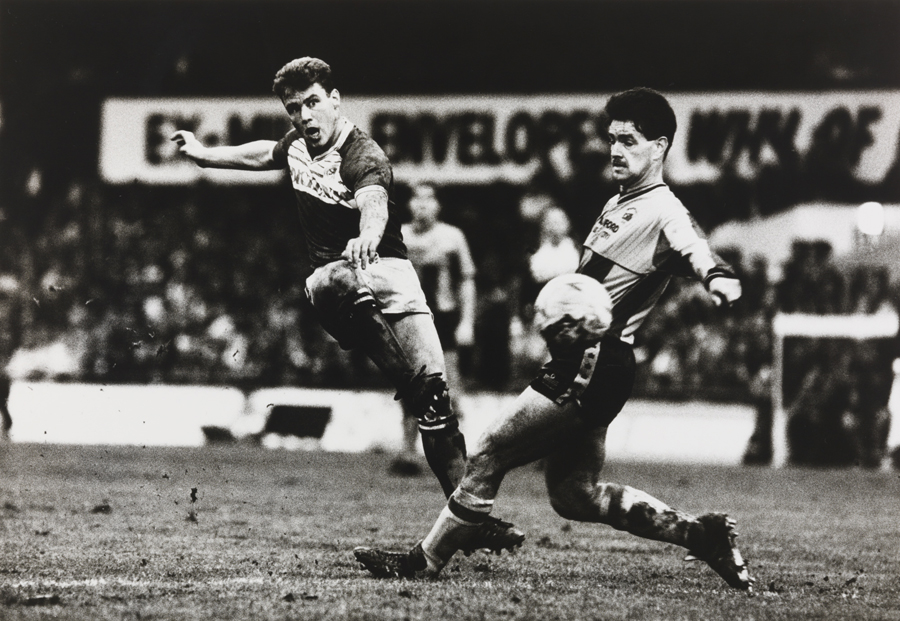
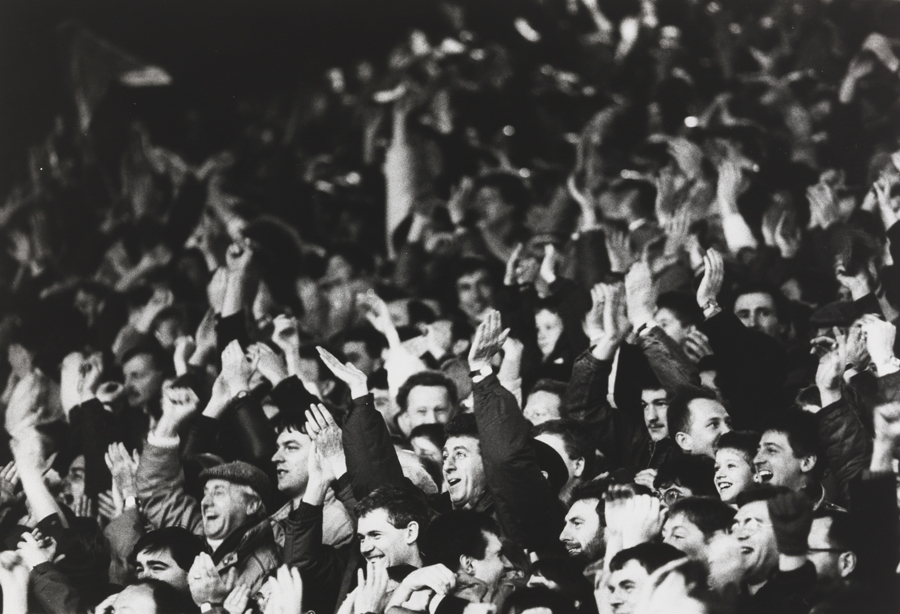
Brad Mangin – Sports Photography
Brad Mangin
Brad is actually a sports photographer but as my theme is identity and place and that my model is my brother playing football to symbolise his idea of valued place to portray his hobby I thought that looking at a bit of sports photography would be great.
Bio:
Brad Mangin is a Bay Area freelance sports photographer. Mangin has done eight cover shots for Sports Illustrated. Mangin graduated from San Jose State in a degree in photojournalism. He was born in 1965 and is now age 54. Mangin is known for his photographing of Major League Baseball for clients like Sports Illustrated and Major League Baseball Photos since 1987.
The reason i have chosen Brad Mangin to study is because it links well with the idea of identity and place. He chose to place himself in areas of the game to capture action shots like some of the examples before. This links well with my idea as im doing sports as part of the identity of my model. I’ve also decided to use the times before and after the games as almost like a before and after to capture the tiredness and the determined facial expressions of the individuals.


![]()


Having looked at Brad’s work, I have chosen to go down the lines of social identity and enviromental portraits. To be able to achieve sports photography,
However having reviewed over more photographers that base around the area of Sports photography i have decided that i do not just want to stick to the idea of just photographing my brother playing sports in a field but to capture his passion for football. I am going to portray a series of images that rather than just being seen as a simple images with no context there will be a story of a boy who aspires to be a famous footballer and play for teams like Manchester United and Portugal, not to mention his slight obsession with Ronaldo, whom he sees as a role model.
Case Study:Barbara Peacock:American Bedroom-Mock:Identity and Place
Barbara is an American photographer/photojournalist. She is one of five recipients of the Getty Images annual Grants for Editorial Photography programme, which gives photojournalists an award of $10,000 as well as the agency’s support in pursuing projects of their choosing. American Bedroom is an ongoing series of portraits in which she explores the complexities of contemporary American life. American Bedroom is a cultural and anthropological study of Americans in their private dwelling; their bedroom. The nature of the project will be portraits of individuals, couples and families that reveal the depth of their character and spirit.



https://www.theguardian.com/artanddesign/gallery/2017/sep/12/american-bedroom-by-barbara-peacock-photographic-portraits
My Concept:
Barbara’s project on American Bedrooms has influenced me to do a similar idea for the ‘Place and Identity’ mock, in which I am going to take photos of people in Jersey in their bedrooms. I want to be able to explore the inside private space of the people on this island and how their bedrooms reflect their self.
I was also influenced by the media theorist, Goffman who came up with the concept of ‘The Representation of The Self in Everyday Life’ which is the idea that we all have a ‘back and a ‘front’ self, the front is the one we let everyone see and we want everyone to see and the back is the one that is private to us that we conceal from others. I see a bedroom as a persons ‘back’ self a place or privacy and self expression, the actual person is the ‘front’ self, they leave their bedroom everyday to face the public world they dress themselves up to make an impression on others. I also want to explore how bedrooms change as people age, my impression is that the older you get the less expressive your bedroom becomes and it becomes more neutral and simple. Also it will be interesting to see how the dynamics of marriage and sharing rooms changes a persons private space.
Analysis Of Peacock’s Work:
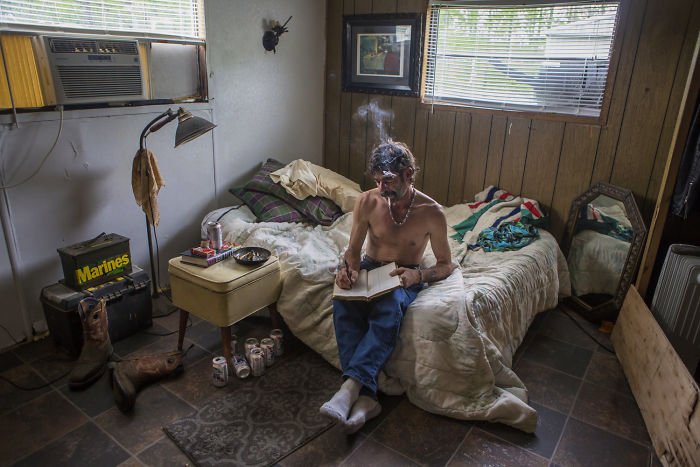
Barbara’s concept is simple yet complex because the idea of taking a picture of someones bedroom seems easy but it’s the people she chose to take pictures of it intriguing. For instance in the image above there is a middle aged looking man with a cigarette, no clothes on and a reasonably bare room. At first glance it’s just a picture of a man in this room but it tells a story, such as the fact that he smokes inside might mean he lives alone and this bare chest also suggests this. Also the lack of feminine touch indicates that he doesn’t have a women in his life, as well as that the bed being up against the wall makes me think that he doesn’t have a partner because most couples have their beds in the middle of the room so that it is accessible for both of them. The number of beer cans suggest he is a heavy drinker and the ash tray full of cigarette buts indicates he is most likely addicted to nicotine. The lack of portraits on the wall suggest he is a lonely man, possibly no kids and his parents maybe have pasted away. The boots and tool box suggest he could be some sort of builder or construction worker, this links to the number of beer cans and how working on construction sites means you are around males mostly and going out for a drink it a key aspect of workmen culture.
Barbara uses natural lighting to capture the true lighting of the room as this can indicate to a persons identity for instance some people much prefer having the blinds up or being in rooms with less light, which could suggest they are shy or constantly tired or are more of an evening person. The colours are neutral which creates a warm tone which is contrasted with the dingy feel of the room and how some light coming through is blocked by a yellow object which creates a dirty looking light, this mirrors the old cans lying on the floor and ash scattered on the bedside table. Although the room feels dirty it isn’t messy, the lack or furniture creates a repetitive structure which ties in with the idea that the mans life is very structured, work, smoke, drink, sleep and how it lacks the excitement of family and love. On the other hand the thing that sticks out the most visually in this photo is the notebook and how it seems out of place and you would think that he is not the type of man to write, this empathises how we judge people to quickly on their looks (front self) and it’s when they go home that they become their real self.
Final Piece Displaying
Final Piece 1: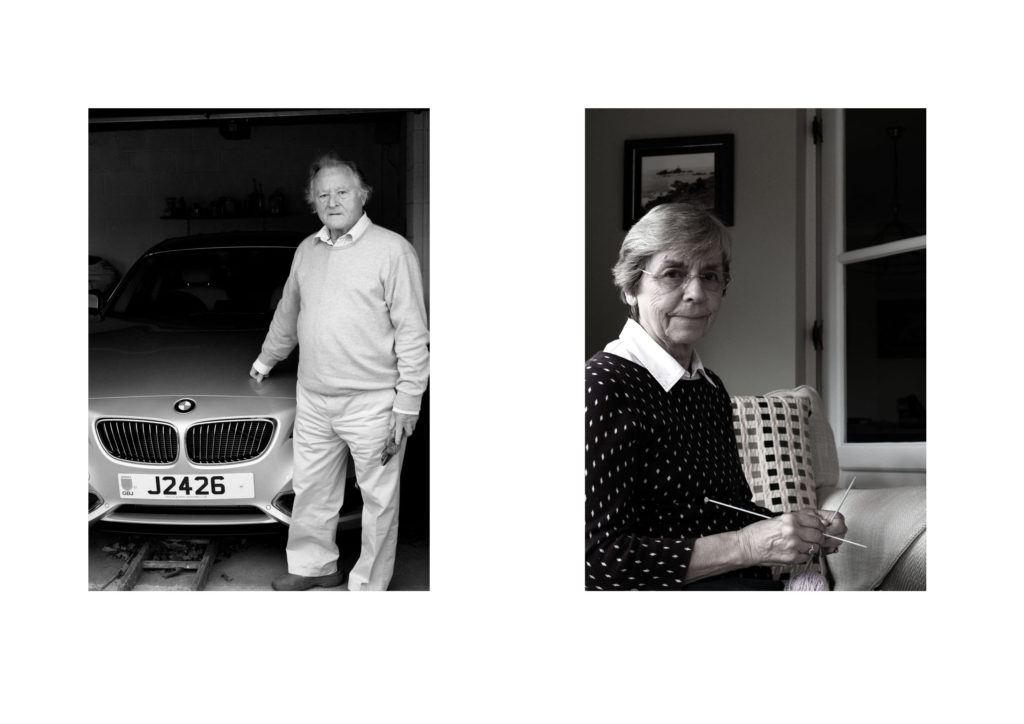
For my first final Piece I will be displaying my environmental portraits. I selected my top two images, which showed gender roles and resized them to be A4 images. To display them I am going to mount them on foam board next to each other, 4cm apart from each other. I feel that a white background suits the two images, and allows them to neatly be presented.
Final Piece 2: 
For my next final piece I am displaying the edits from my first photo shoot of loss of identity. I felt that these three images contained a simplistic design and represented the idea that my model has lost their identity, therefore I will be displaying the photographs in a triptych arrangements. All the images will be separately printed on A4 paper, and will be mounted as a window frame. The card is going to be black, due to the image background being white. They will be 4cm apart from each other and 15cm from the top and bottom of the frame.
Final Piece 3: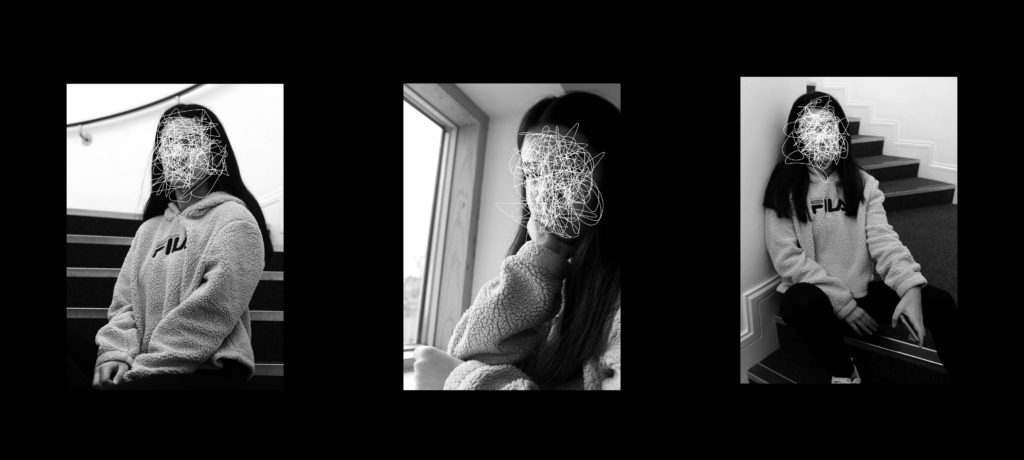
For my third edit I wanted to showcase, the scribble edits, which I created using the forgotten images. I felt that these images had a strong link to loss of identity and felt like the three images would produce a strong outcome. To do this I will print the images on A4 paper, and will be mounted as a window frame. The card is going to be black, due to the image background being white. They will be 4cm apart from each other and 15cm from the top and bottom of the frame.
Final Piece 4:
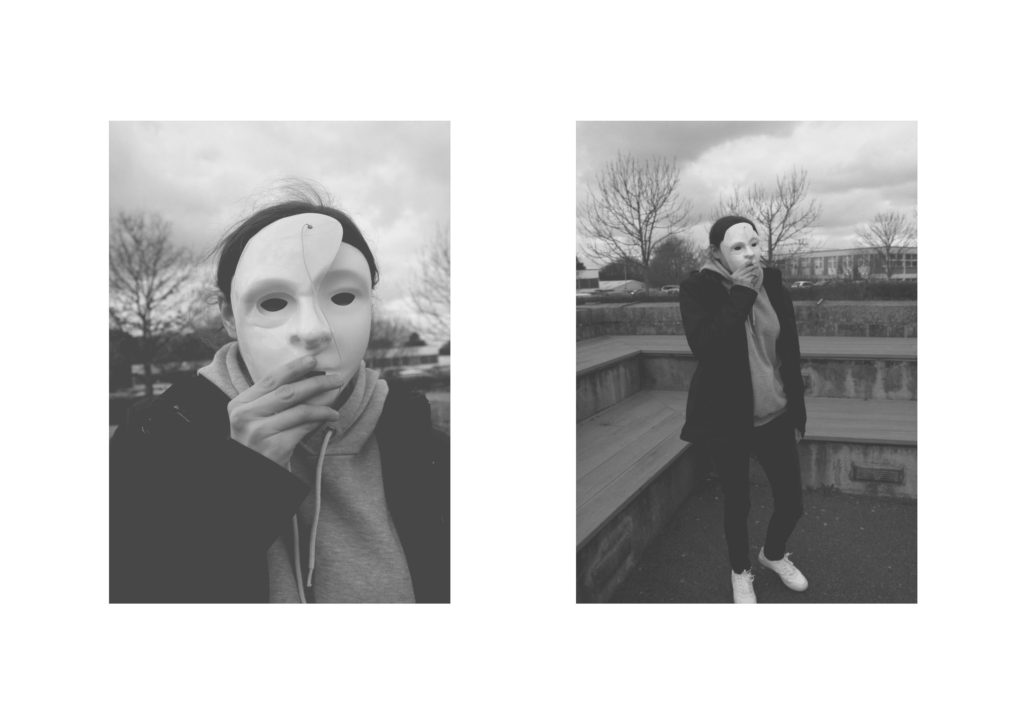
For my next final piece, I wanted to present my top outcomes from my mask photo shoot. I selected these two images, as I felt that they worked well together as a small photographic series. I will be displaying them as a Diptych Arrangement. Due to the two images being naturally lighter I feel like it would be appropriate to display them on white foam board, next to each other. I intended it have the images roughly 6 cm apart from one another and 6 cm away from the edges of the foam board.
Final Piece 5:

For my next final piece, I want to showcase my strongest photo montages. I decided to use these two montages as I felt that they worked well together. Due to the images being square, I have placed both images on the same A4 paper and will display through a window mount. This will allow the square shape to be kept. The two images are 3 cm apart from each other and will be a distance away from the edges.
Final Piece 6:
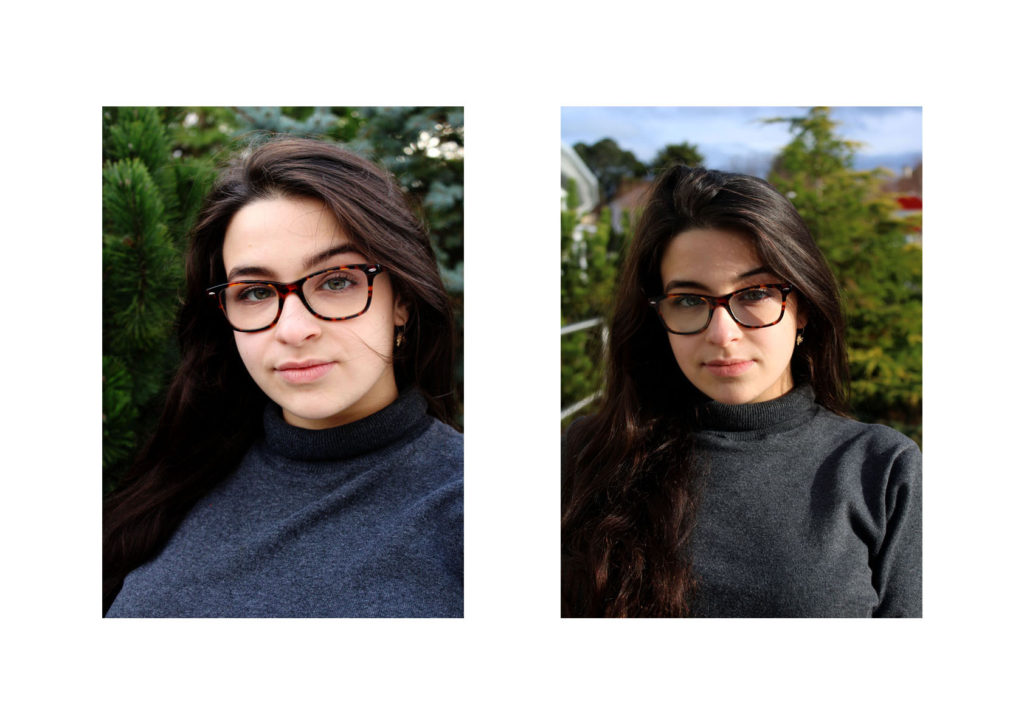
In my next final piece I want to display the photographs I captured when I studied natural lighting photography. These two images are my strongest outcomes and I feel like they work well together. I will print them out on separate A4 pieces of paper and frame them using foam board. The images will be 10 cm apart from each other and from the edge of the foam board.
Final Piece 7:

My next final piece showcases my attempt at street photography. I have used my top three images from this shoot and am going to display them next to each other, horizontally. The images will be printed out on A5 paper and be displayed using a window mount. The photographs will be 6 cm away from each other and 10 cm away from the edge of the window frame.
Final Piece 8:
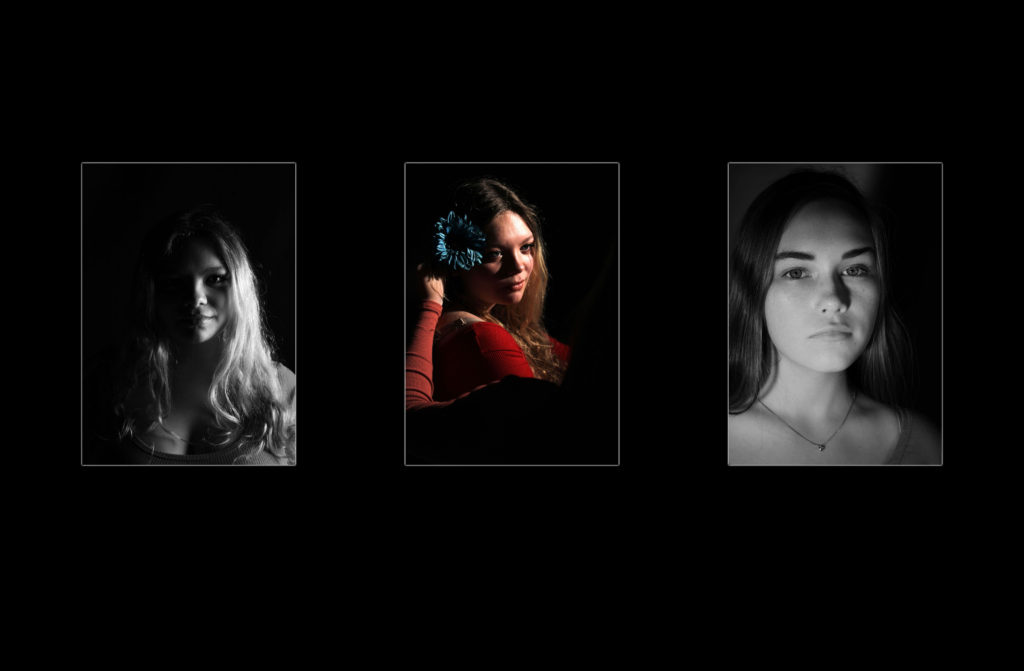
In a similar formate to the final piece above, I want to showcase my studio photography images. These images have been selected as it showed my ability to use different lighting and camera techniques, which shows my development as a photographer. The images will be printed out on A5 paper and be displayed using a window mount. The photographs will be 6 cm away from each other and 10 cm away from the edge of the window frame. The middle image has been left in color as I felt it added variety and makes the final piece visually stimulating.
Final Piece 9:

For my last final piece I intend to showcase my top image from the tableaux photography shoot. I will print this image out on A5 paper and then mount it on black card, allowing the mount to not distract viewers from the actual picture.
All Images Being Made Into a Final Piece:
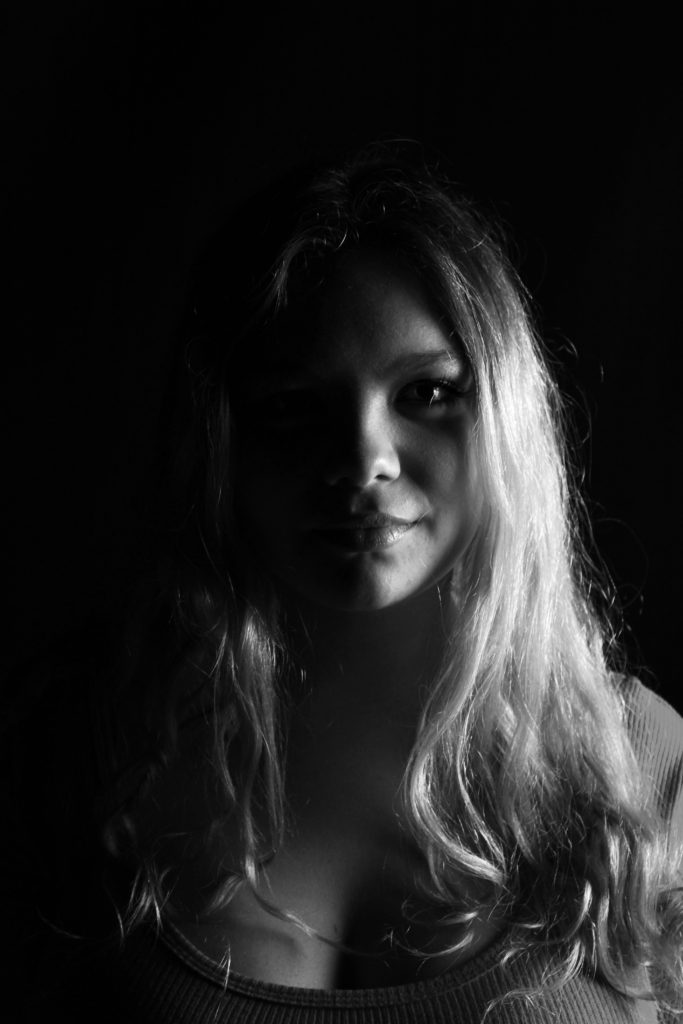
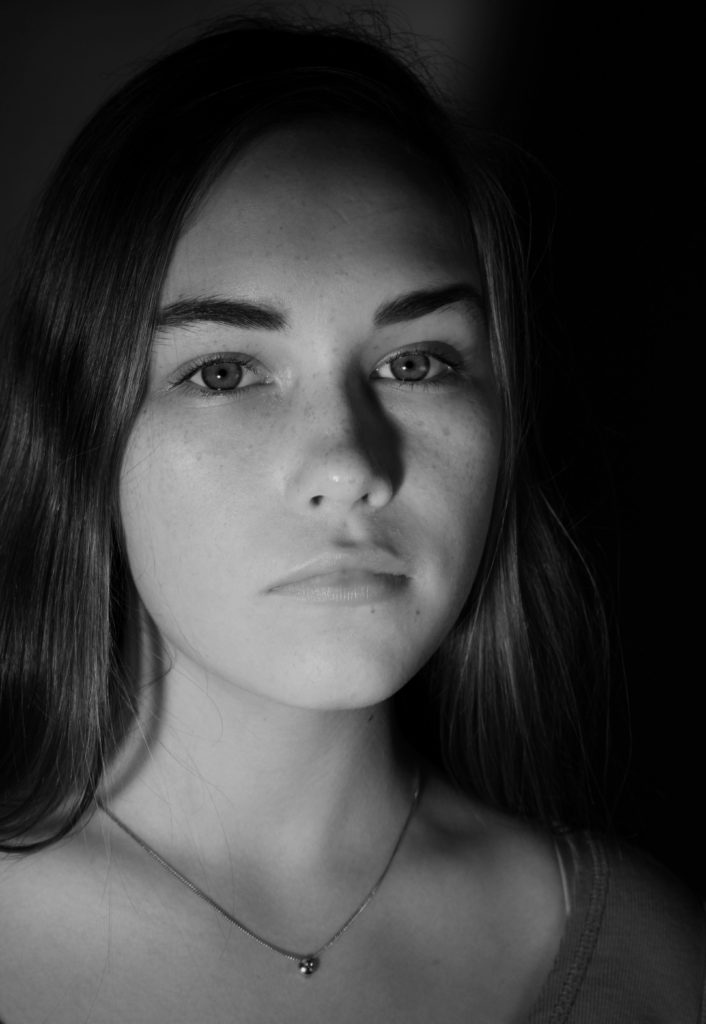
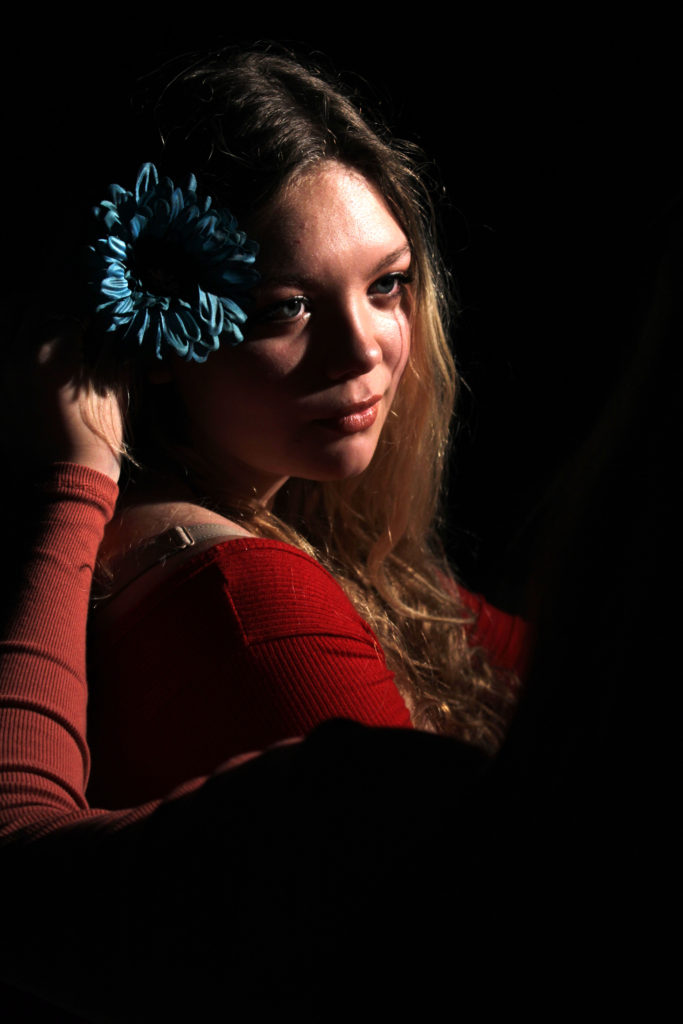
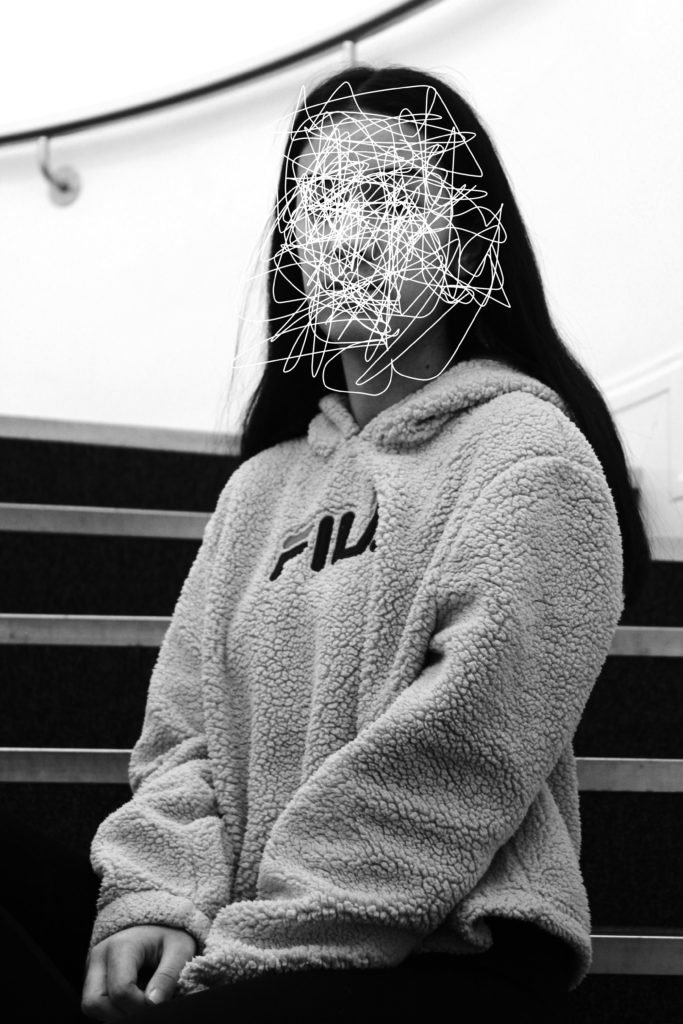
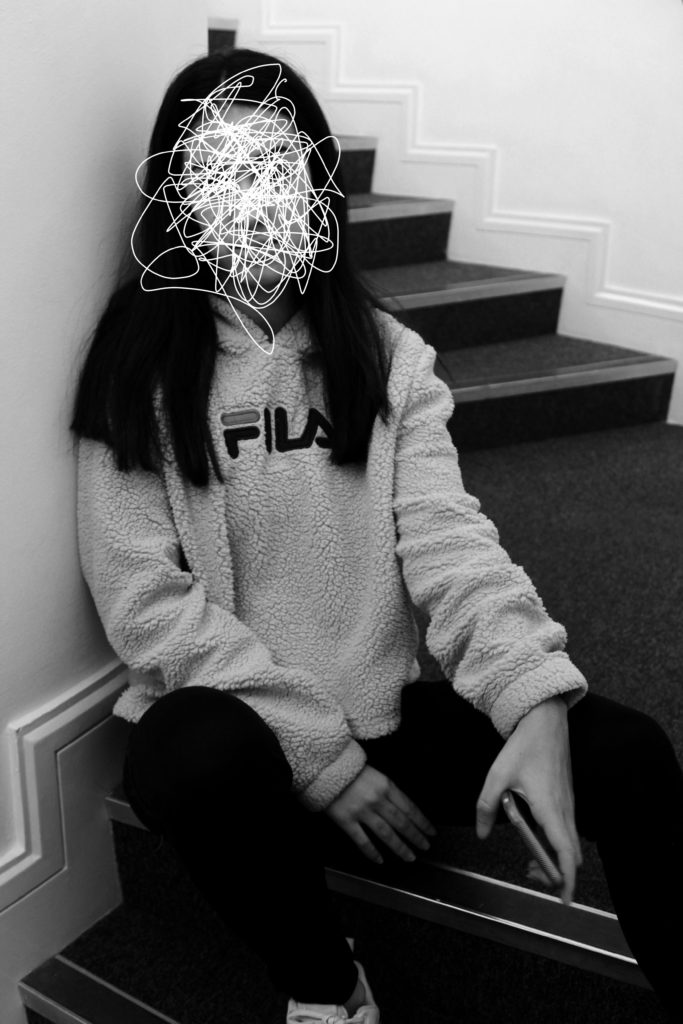


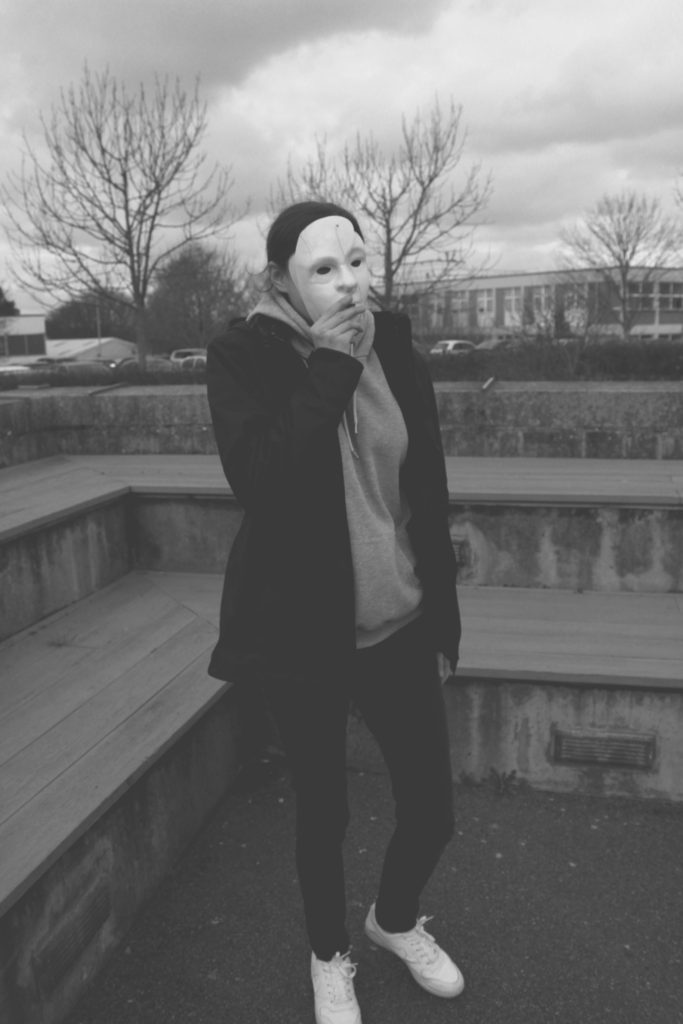


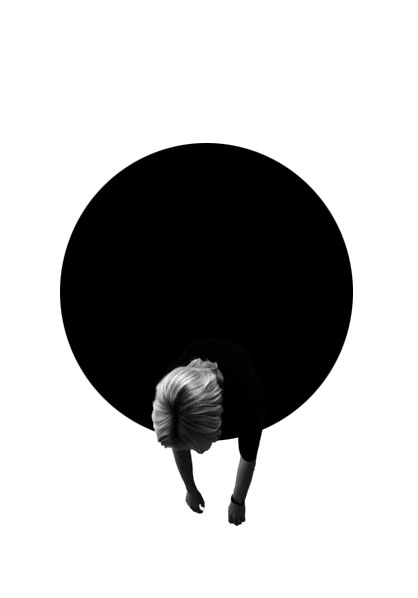
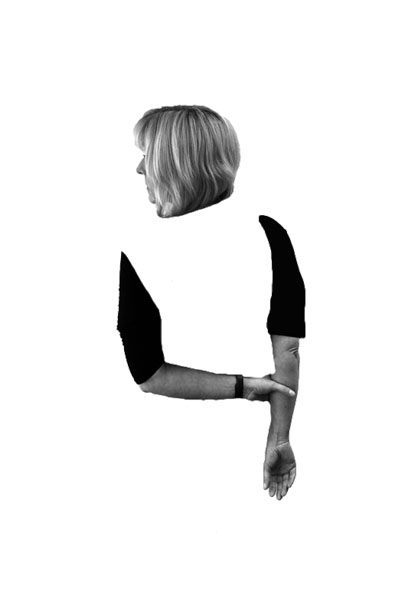
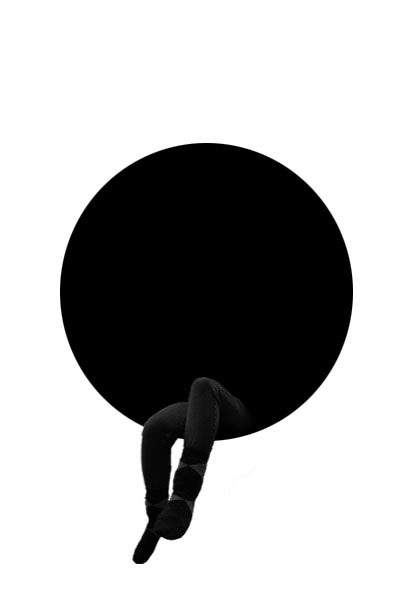

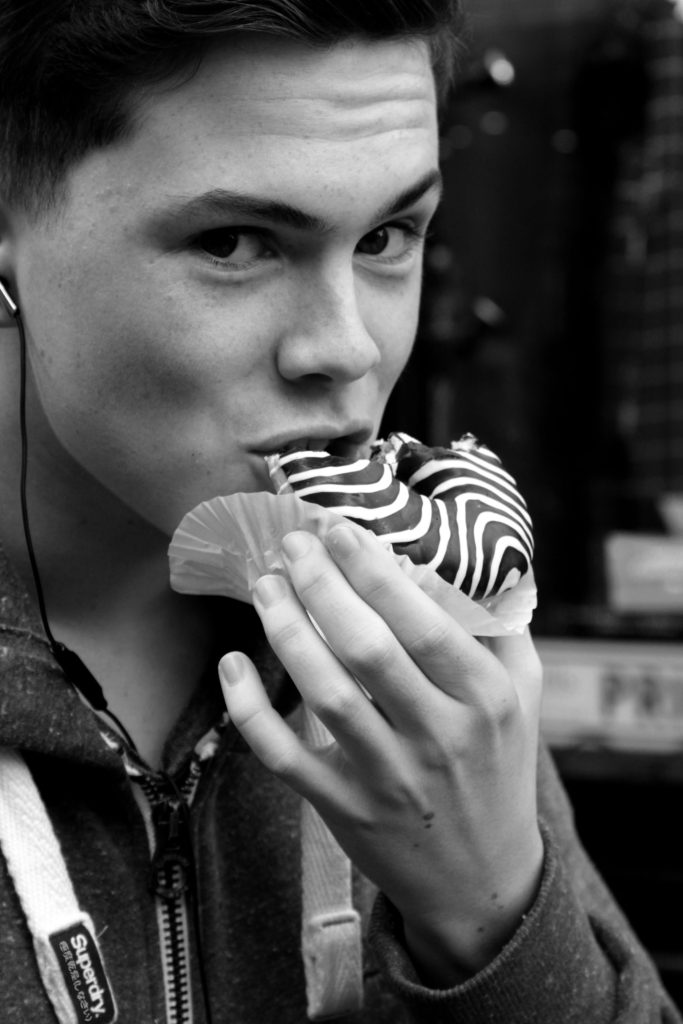
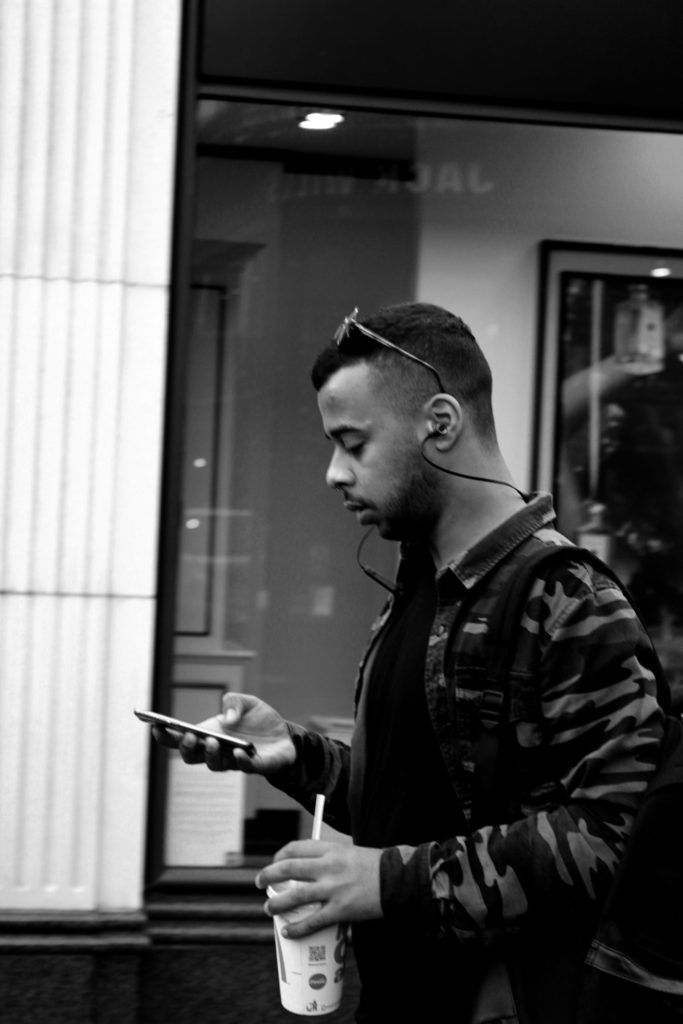
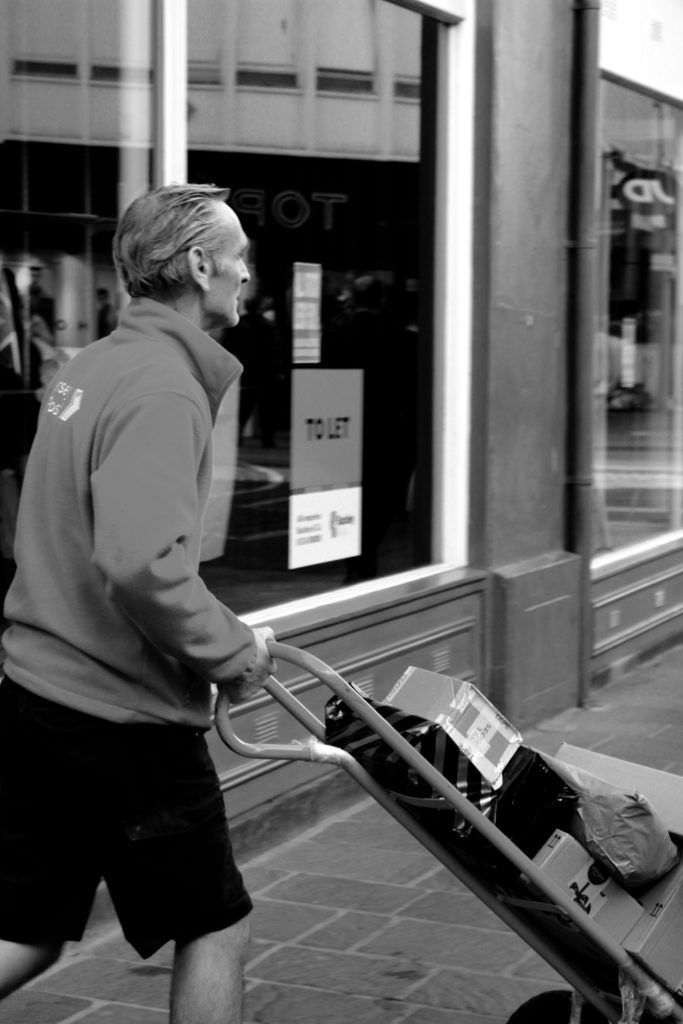

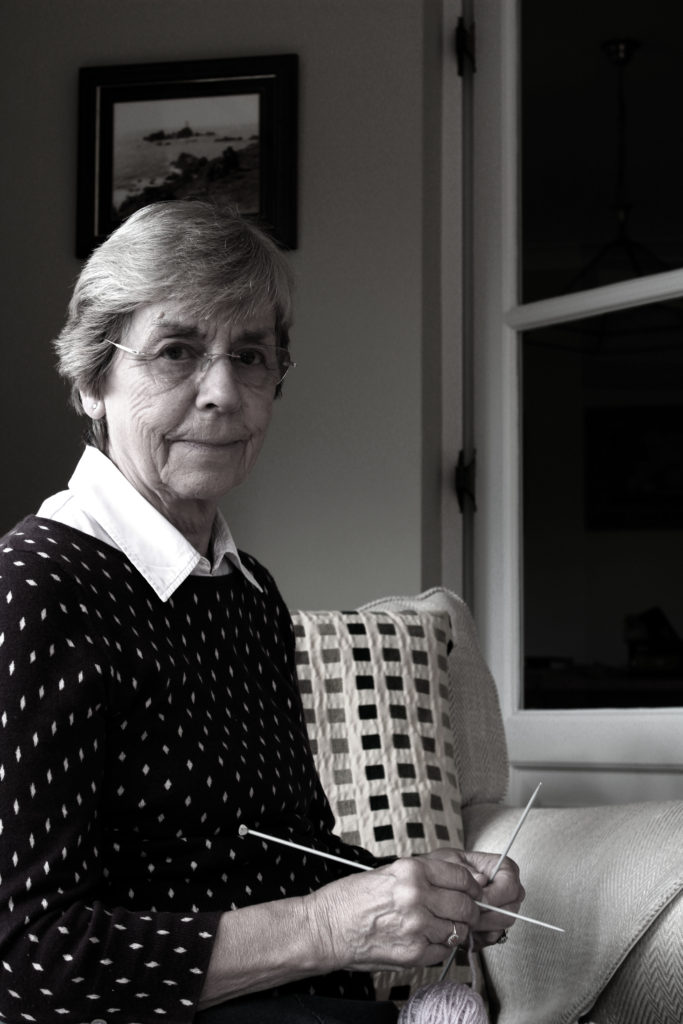
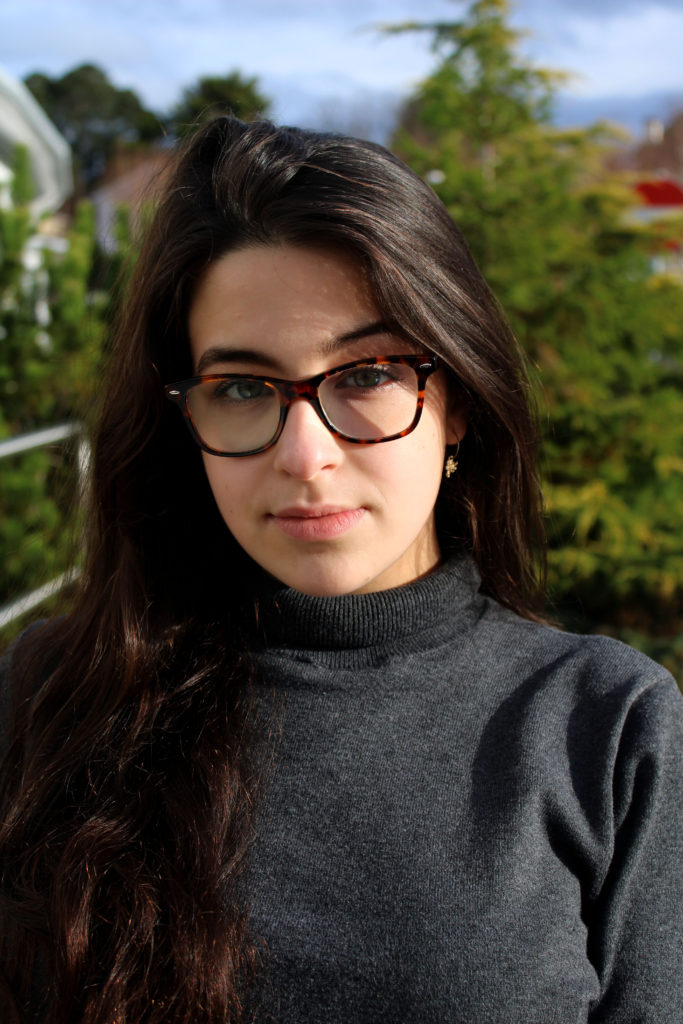

Final Portrait Project Photoshoot – More Street photography
This is the final photoshoot I have done. I have done some more street photography for it. I have decided to do more street photography for it as it allowed me to get some more images like the ones Tish Murtha and John Bulmer have taken.
Below are a selection of the images I have taken on this photoshoot. A few of them turned out to be quite good images, that I may be able to use. Quite a lot of them didn’t turn out how I would have liked though, without many faces showing or being very dark or coming out blurry due to me using a higher shutter speed for some of the images.
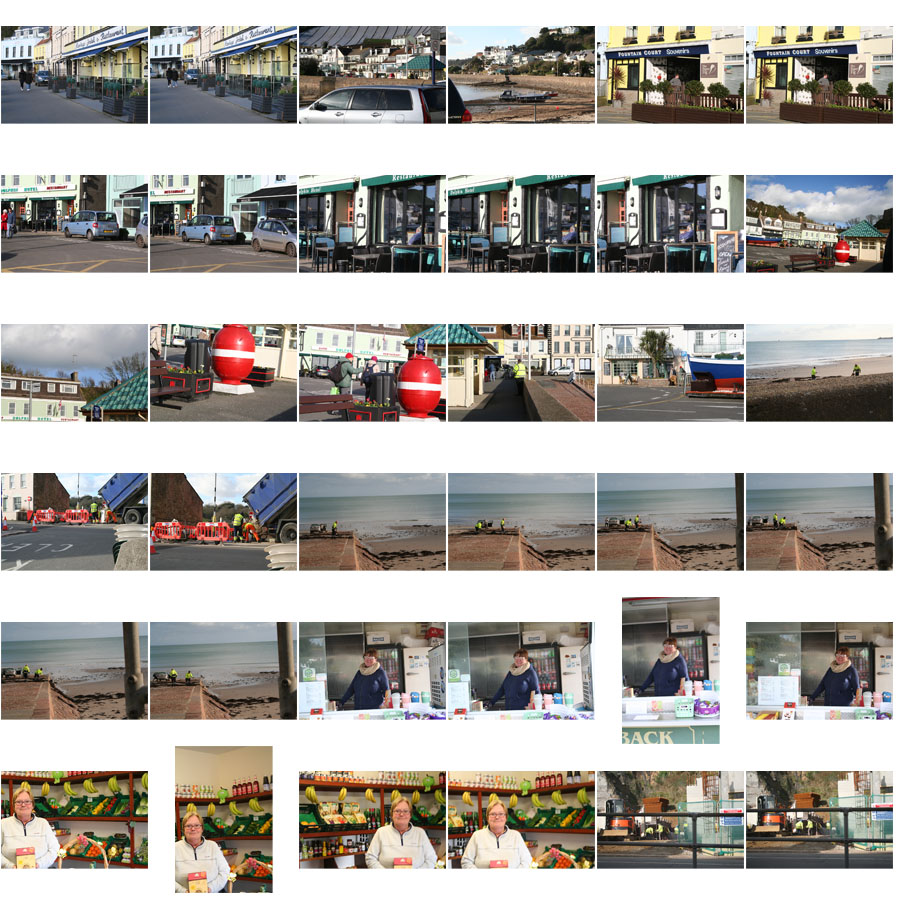
The images below are the best two I have taken.
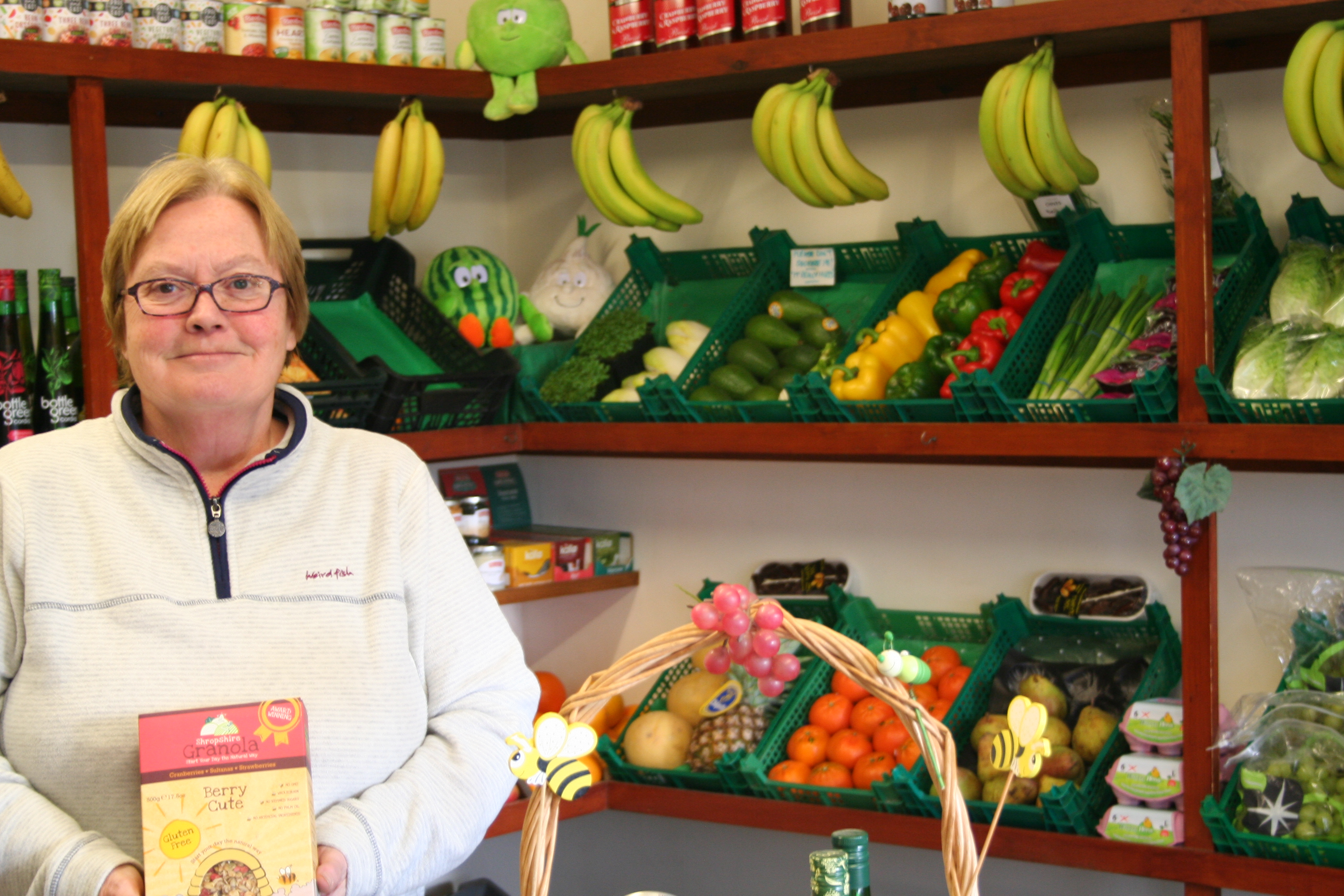
I have picked the image above because it came out to be a sharp image. If I were to edit it I would crop the image at the bottom to remove her hands and the bottom of the box and change the contrast in the image.

I have picked this image as it turned out sharp. When taking this image I purposefully angled it slightly. Though when editing I may take the image off of an angle as I don’t think the angle works. I may also add some saturation to make some of the lighter colours and the colours in her face to stand out.
Identity – Michalina Woźniak
The theme I will be exploring is the lack/loss of identity, and i’ll be looking at multiple different photographers to gain ideas to add to my final piece.
Michalina Woźniak is a self-taught Polish photographer and has been taking pictures since 2009. In her Identity Series, she focuses on the loss/lack of identity and portrays it through dark and gloomy images.
I’m a self taught 21 y.o. photographer based in Lublin (Poland). I’m in love with deep and dark emotions, the more disturbing they are, the more powerful they’re for me. I need those strong connections between me and another worlds (creations) to FEEL it and to be able to touch it somehow.
This story is about Identity and alter ego, but everyone can find whatever he/she wants here. I don’t want to tell you what’s it all about, I want you to look for it and to feel it.
Photography is like a poem – it’s all about the impression and impulse. You need to feel it, to find the moment.
– Michanlina Wosniak
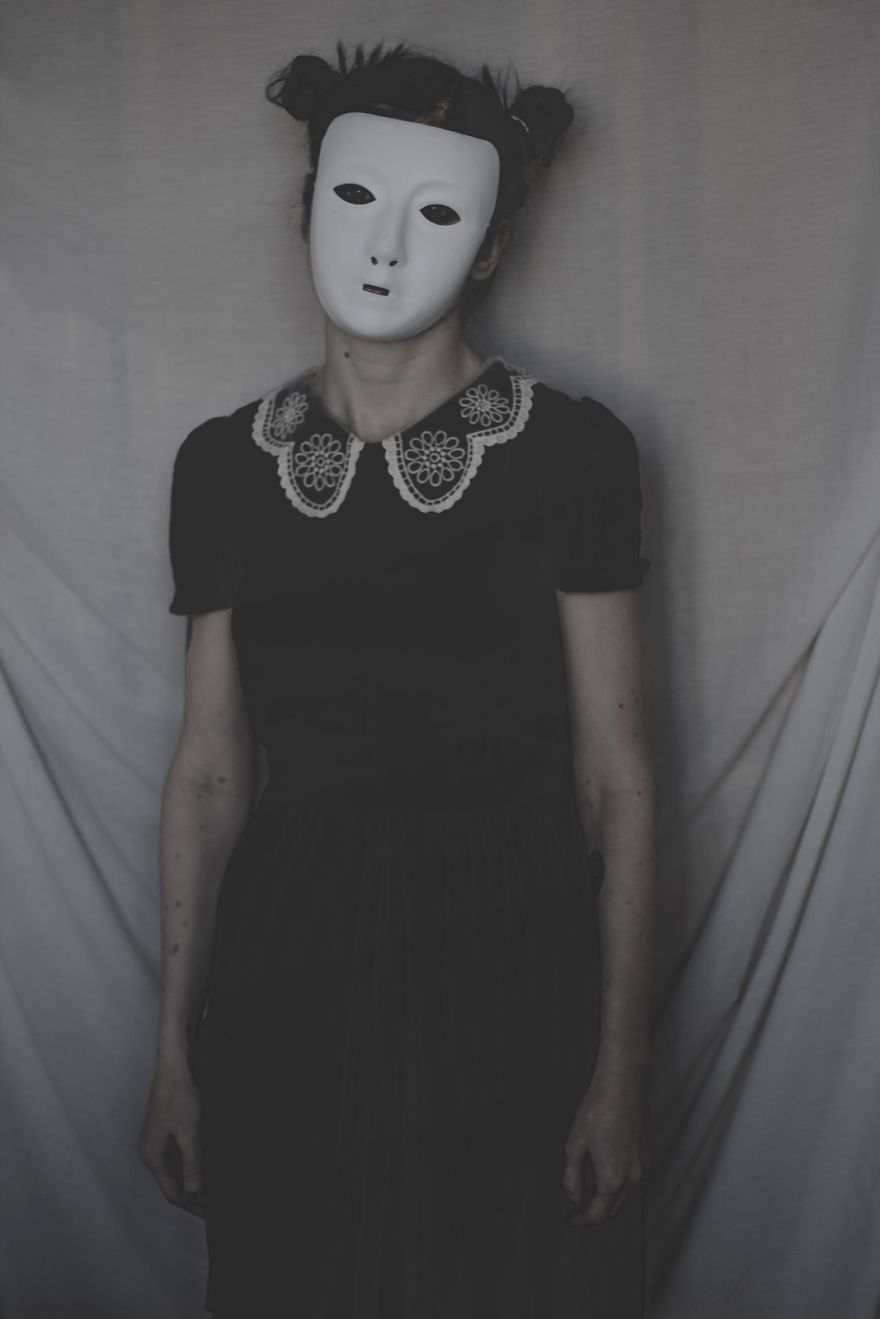
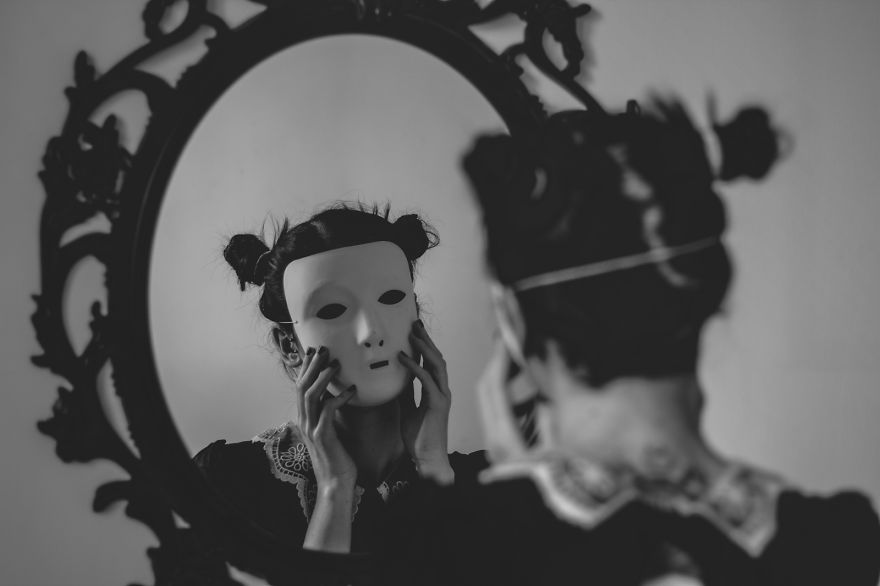
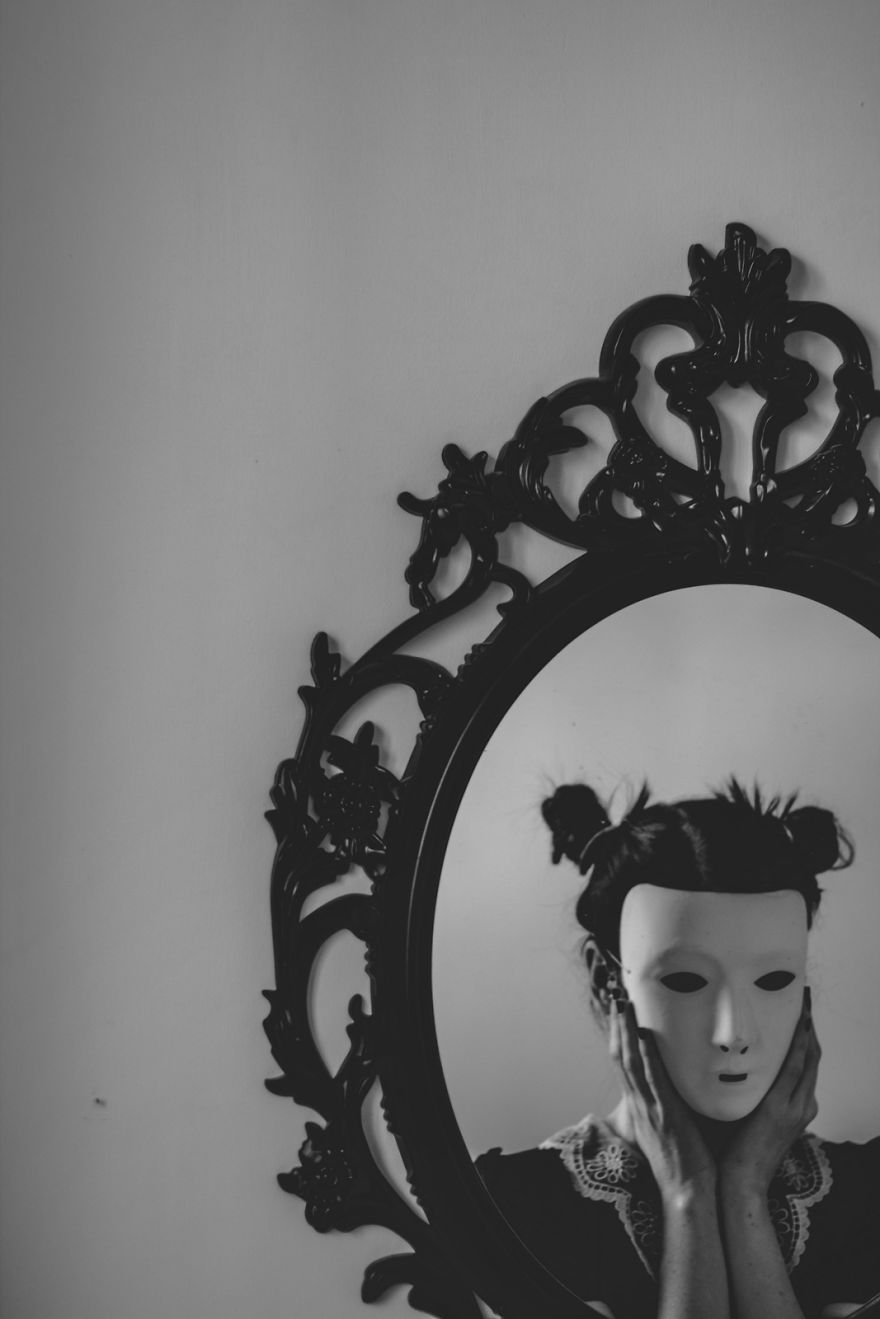
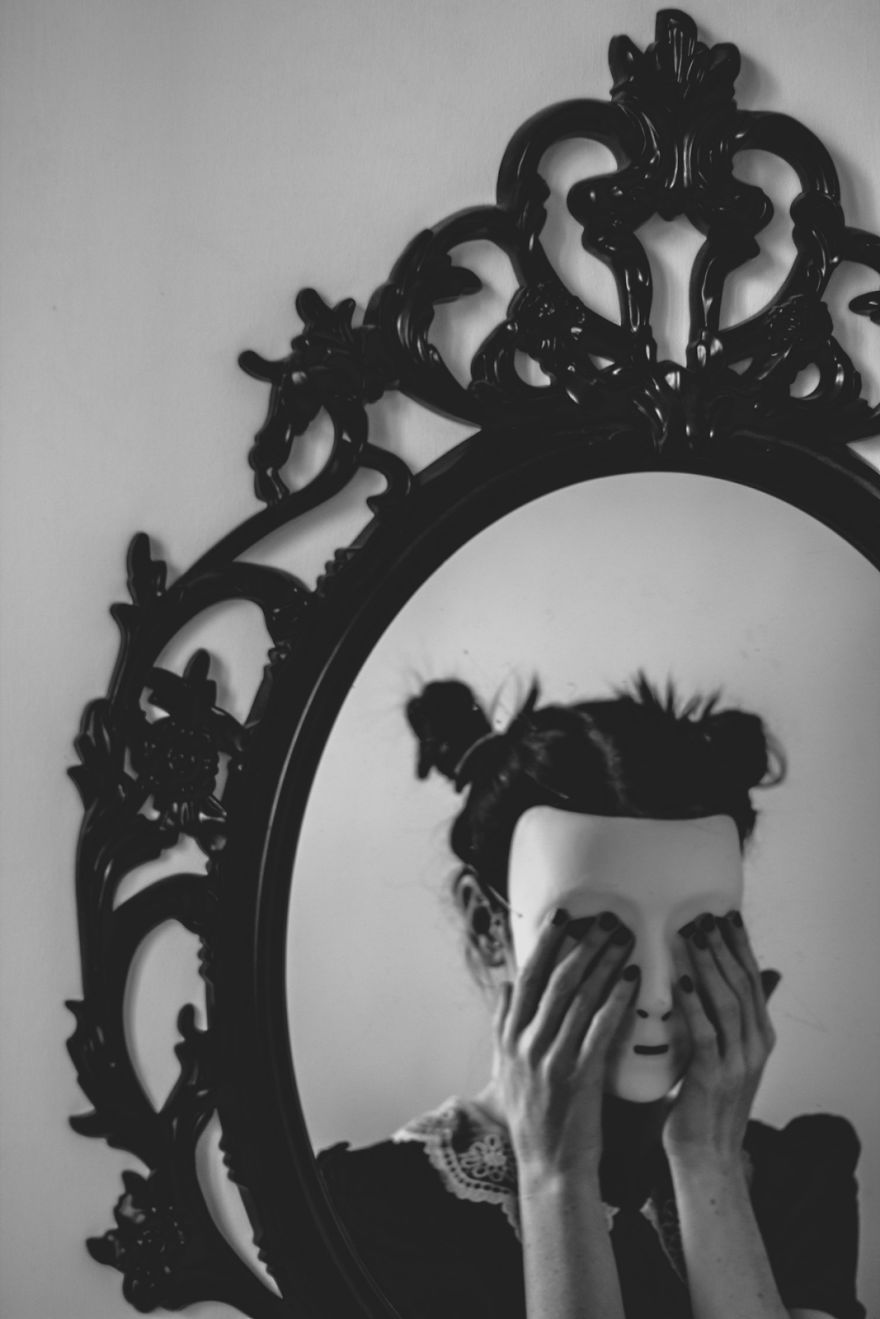
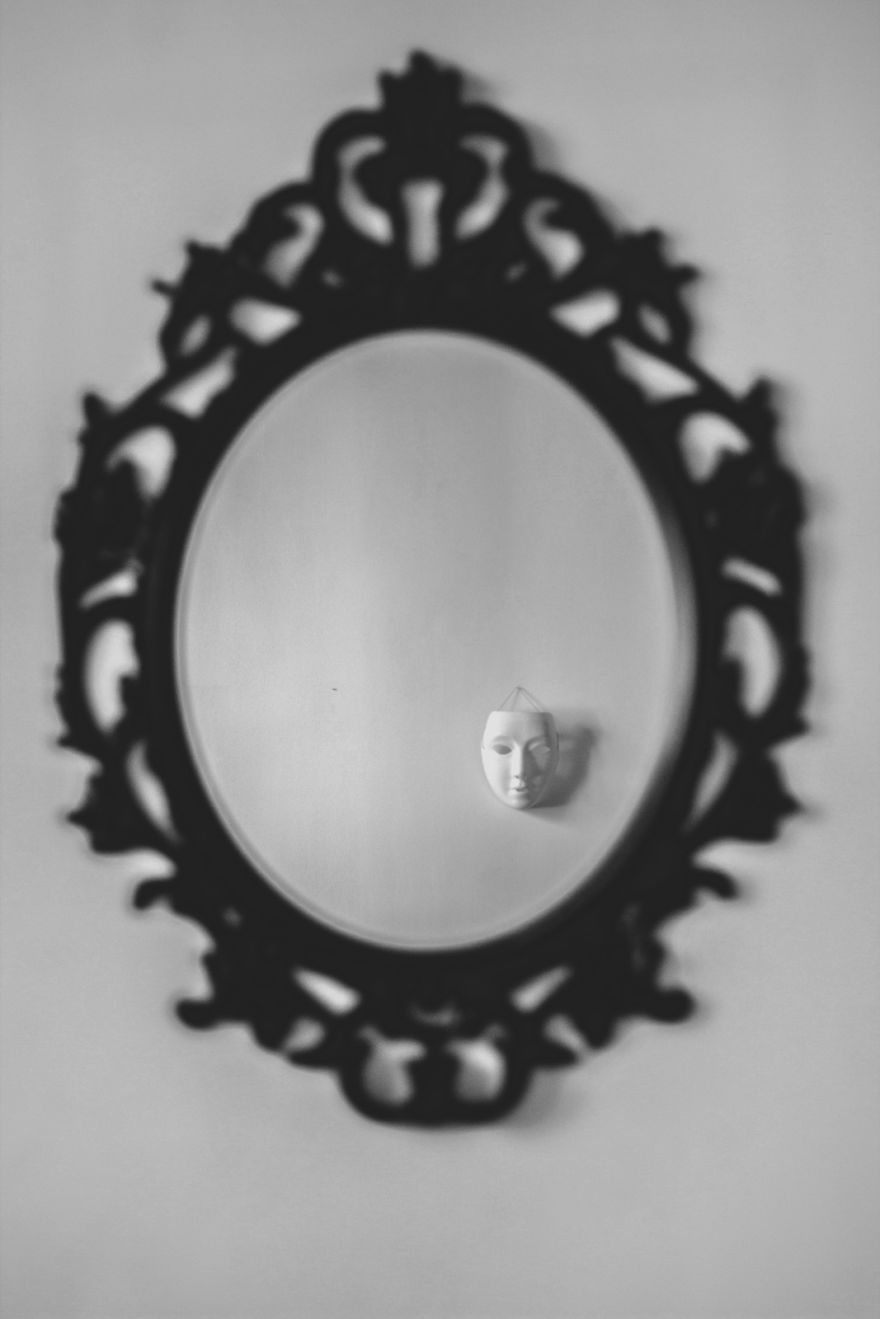
Contact sheets:


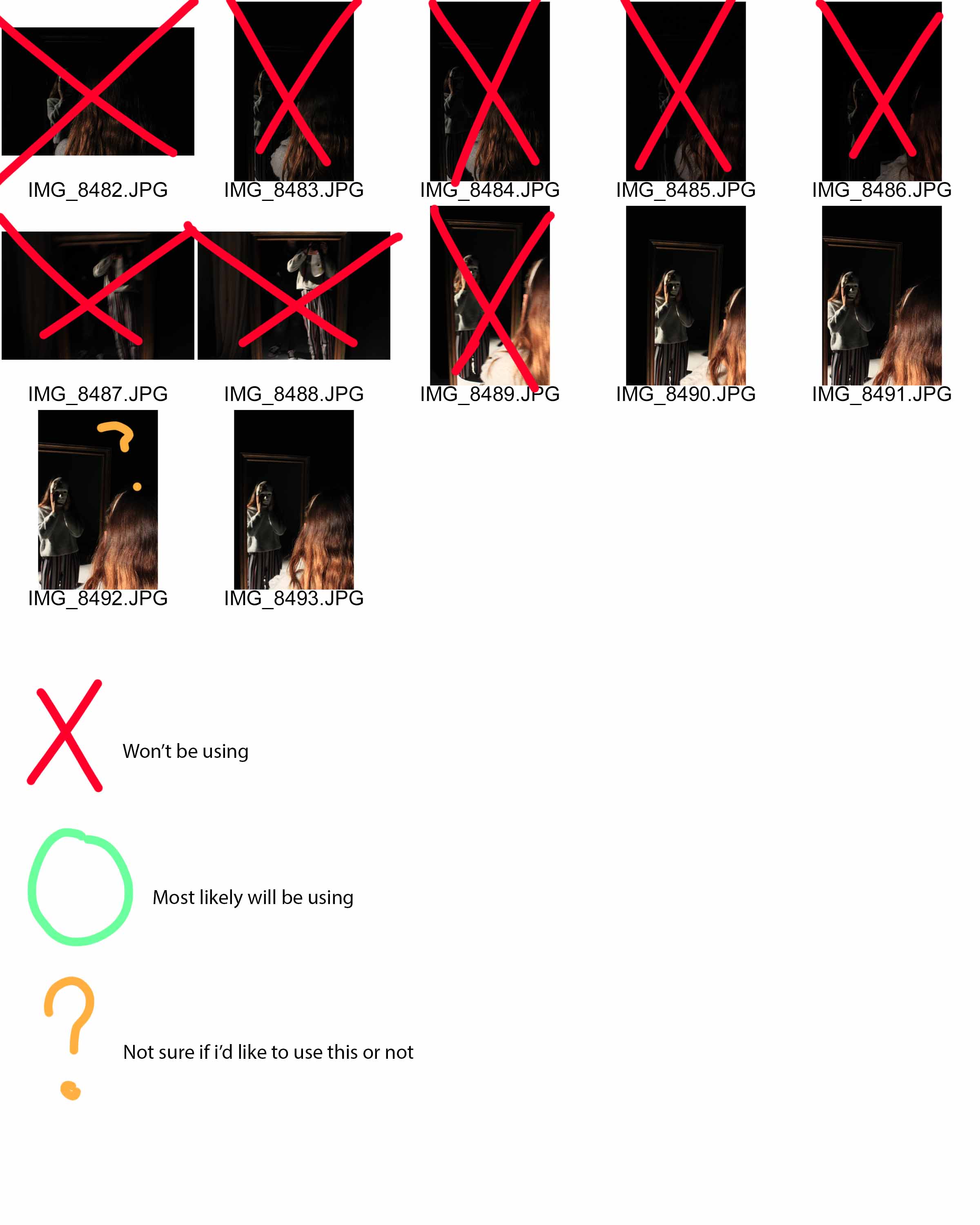
For my theme, I focused on the aspect of a masked face, and not being able to see the identity of the model in the picture. I also tried replicating pictures done by Wozniak, of a masked person looking into the mirror, surface which gives off a reflection, or looking directly into the camera. These link to my theme of the lack/loss of identity as the face of the person is hidden, and them looking into the mirror with the mask on, touching their face as if in confusion or distress, suggests that they themselves don’t know who they are. I got my subject to do multiple poses for this project, looking right at the camera with the mask, touching their face with their hands, and looking to a mirror or reflection.
Chosen edits:

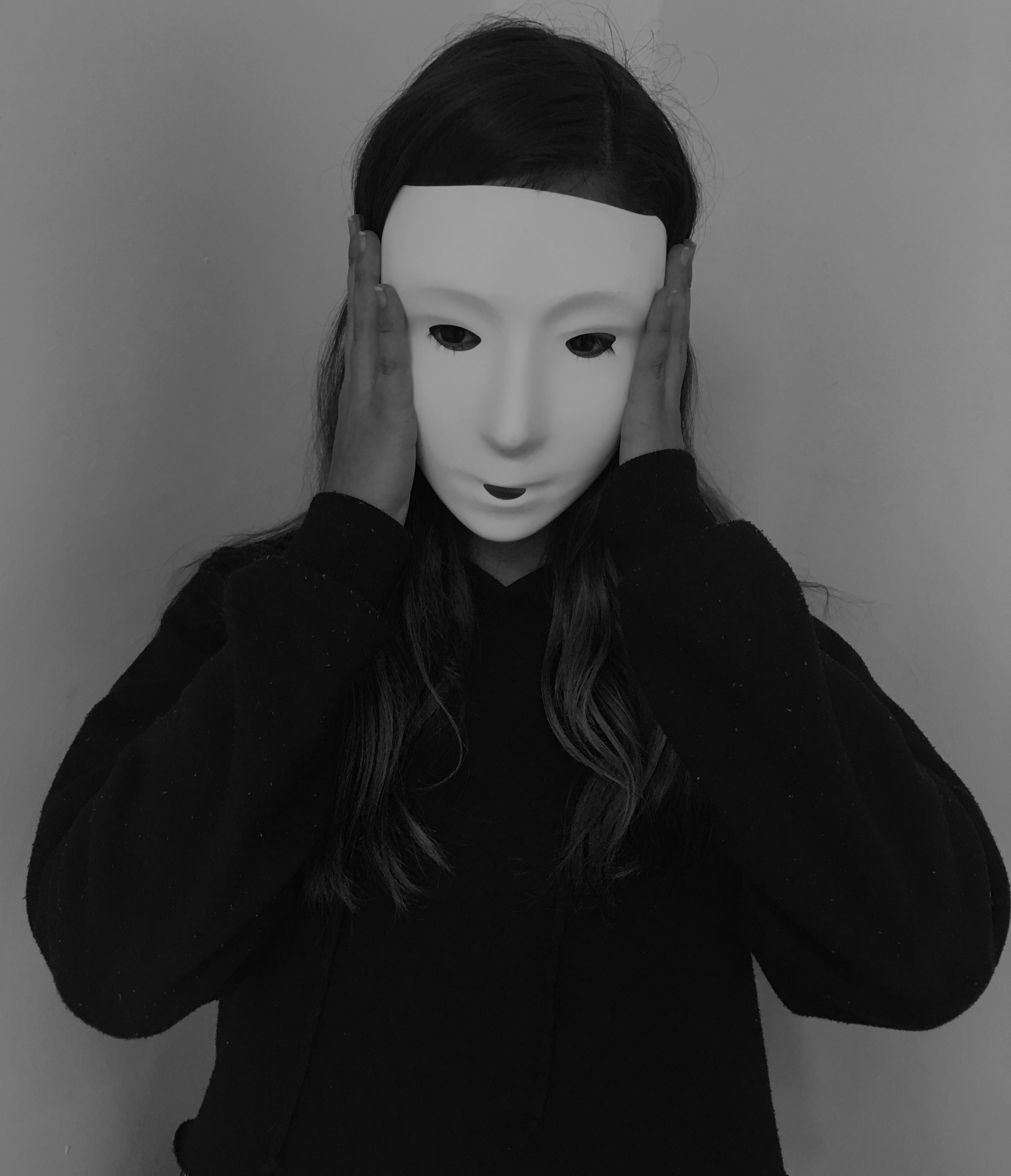
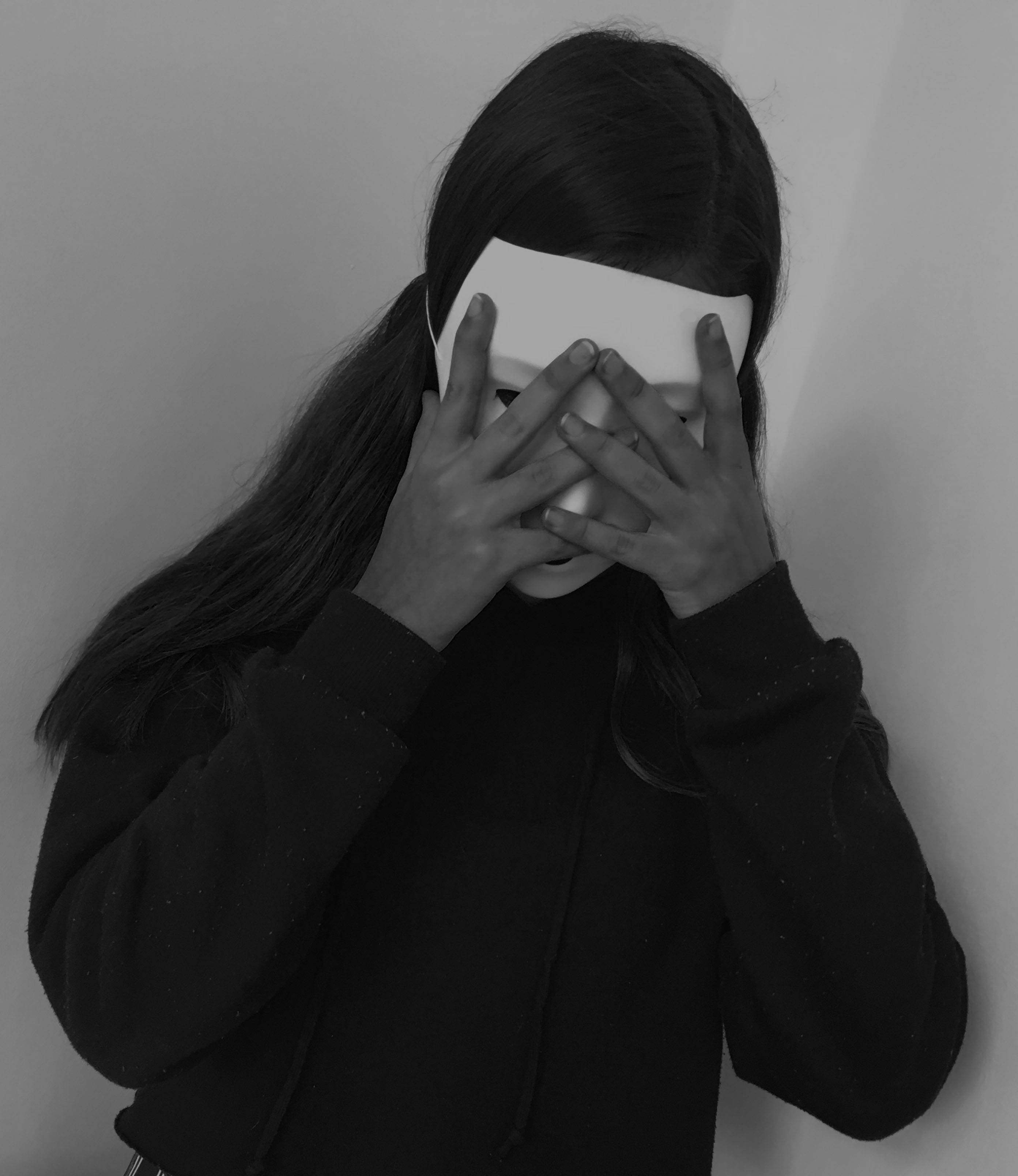
I chose these images because I believe that they relate to the theme of lack/loss of identity and portray Michalina Woźniak’s work successfully, with the masked subject and the eerie black and white setting. I think they also show a story, the first picture she seems normal, staring into the camera as if nothing’s wrong. Then in the second image, she’s touching her face as if she had just realised something, maybe the fact that she lacks identity. And in the last image it’s as if she’s in distress, her hands covering her mask as if she’s hiding away.
I like my final outcomes, they tell a story of someone who’s lost their identity and don’t know who they are, but I believe I could have taken more of a variety of images, with more mirrors, more poses and different people, including me. That would have defiantly increased the quality of this project.
